A literature review toward best conductance for engineering project. A literature review is an important part of any academic project work. Not only does it guide the design and your methodological framework for your study, but it also assists in situating your work with respect to that which has already been done. Below you will find several tips for writing an effective and comprehensive literature review.
1. Indeed, understanding and clearly defining your research objective is critical for your achievements.
Writing the first topic selection begins with stating your research question or aim. These shall always assist you in your search for literature as you shall be very focused. Engage the use of certain terminology relevant to your branch like as CSE, VLSI, EEE, Mat lab, embedded system, mechanical, electrical engineering or software engineering.
2. Identify Relevant Databases
Utilize specialized databases that cater to engineering research, such as: By far the most comprehensive periodical for electrical and electronics engineering is IEEE Xplore. Contains CSE, VLSI, Mat lab, embedded system, electrical or software engineering documents the ASCE Library. ScienceDirect if several engineering specialties are of interest. Online search in Engineering Village for complete search of all the literature related to engineering. Selecting the right databases makes one get access to the most appropriate studies.
3. Build a Systematic Search Strategy
Build a consistent method for identification of b Tech/MTech Engineering projects through defining the scope of the project, the selection of keywords, the choice of the databases and the application of special search methods. Search using screens for relevance and evaluate the quality of the sources and make a record of the results. About: It should also be updated from time to time, in order to encompass as many aspects of the topic as possible.
4. Screen and select of the literature that can be useful for the accomplishment of the study objectives
In the first step, use the titles and abstracts of papers for the identification of relevant papers with LPA. One should develop specific and simple criteria of inclusion and exclusion to optimize this process. Start your search with academic high impact factor journals and filter by peer reviewed articles.
5. Maintain Order in your Research Outcome
When you locate literature, use effective methods so that your findings can be sorted out. Consider using: Some useful apps that are used to track citations include the Mendeley or EndNote. Annexes which contain overviews of key talking points, approaches, as well as findings. Organization makes it easier for you to find materials in preparation for the actual writing of your review.
6. Accomplishing the Aim of the Paper Critically Analyze Each Source
In addition to reviews of the literature, review each article critically. Provide an evaluation of methods used, results, and or/limitation. Self-evaluation of each work in relation to the topic and explore and ascertain areas of deficit for your research.
7. Meta Analysis of Data Source
Do not just collate the summaries but try to integrate that information. Try to find similarities, differences and some sort of trends between those studies. In this synthesis section, the general picture is painted and the connection to your project is made with reference to earlier work.
8. Update with the Current and Ongoing Research
Engineering is among the most dynamically developing professions of today. Be knowledgeable on the current developments and trends by configuring the current databases you use with articles on your topic of interest.
9. Draft and Revise Your Review
Once your sources are reviewed, begin developing your literature review out of your findings. Arrange them systematically and preferably under topics, approaches or time frames. Once written down, edit the work for proper organization and wording and if you can, get a professional to look over the work.
10. Cite All Sources Accurately
To avoid cases of plagiarism, make sure that all the references used are correctly cited. After writing your paper, use the correct citation format (IEEE/ APA/ or Chicago) and make certain that all the citations are correct.
Conclusion
A literature review in engineering projects is helpful to create a proper background study in advancing your projects. If you follow those best practices, it is possible to produce a well-rounded and well thought out review that increases your knowledge of the field while directing your project solutions. Happy researching!
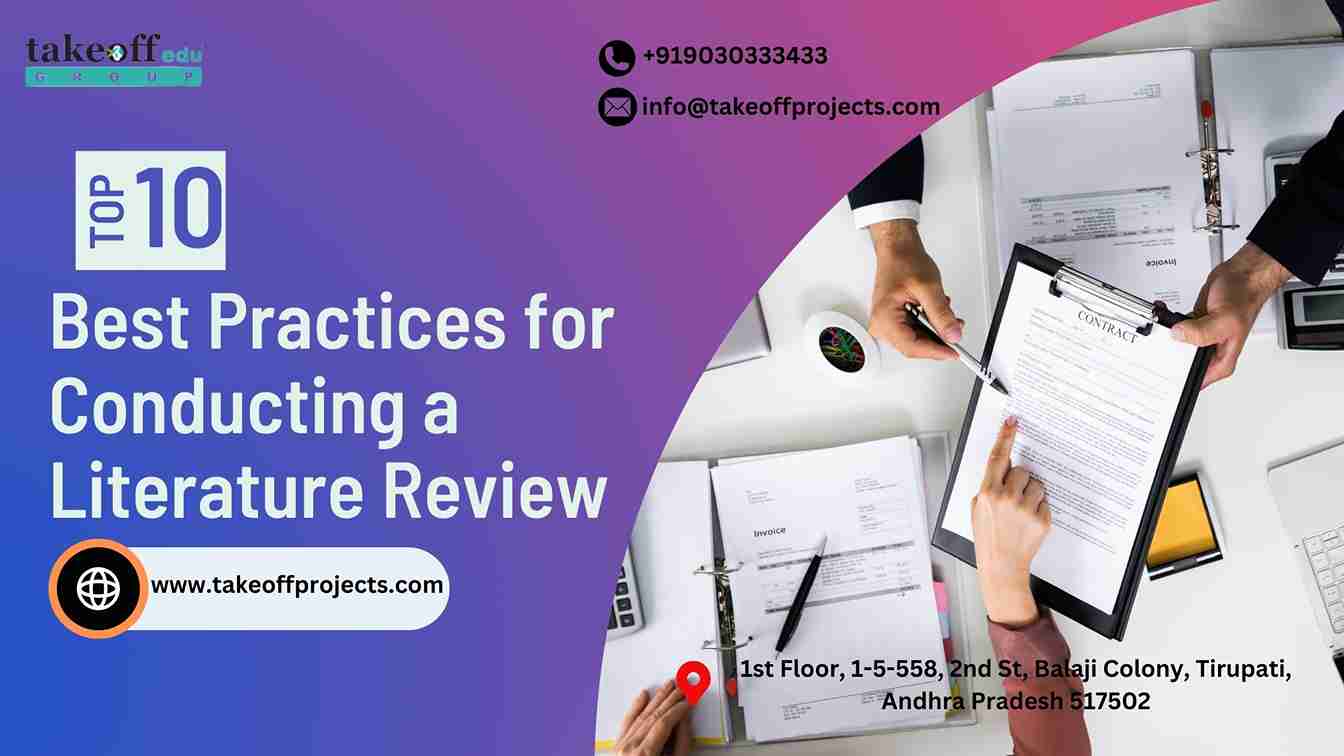
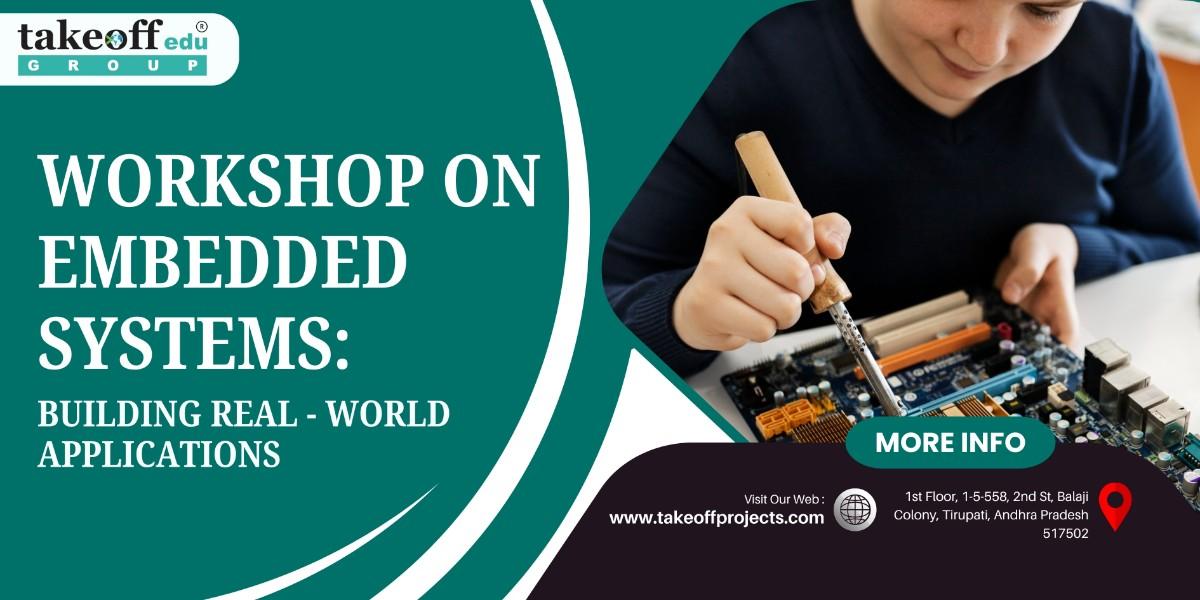 Workshop on Embedded Systems: Building Real-World Applications
Workshop on Embedded Systems: Building Real-World Applications  Top Internship Training & Certificate
Top Internship Training & Certificate  Internship Benefits Beyond the Resume: How It Shapes Your Career
Internship Benefits Beyond the Resume: How It Shapes Your Career  Turing Internship into Job Offers: Strategies for Success
Turing Internship into Job Offers: Strategies for Success  Day in the Life: A Glimpse into the Realities of Internship Experience
Day in the Life: A Glimpse into the Realities of Internship Experience 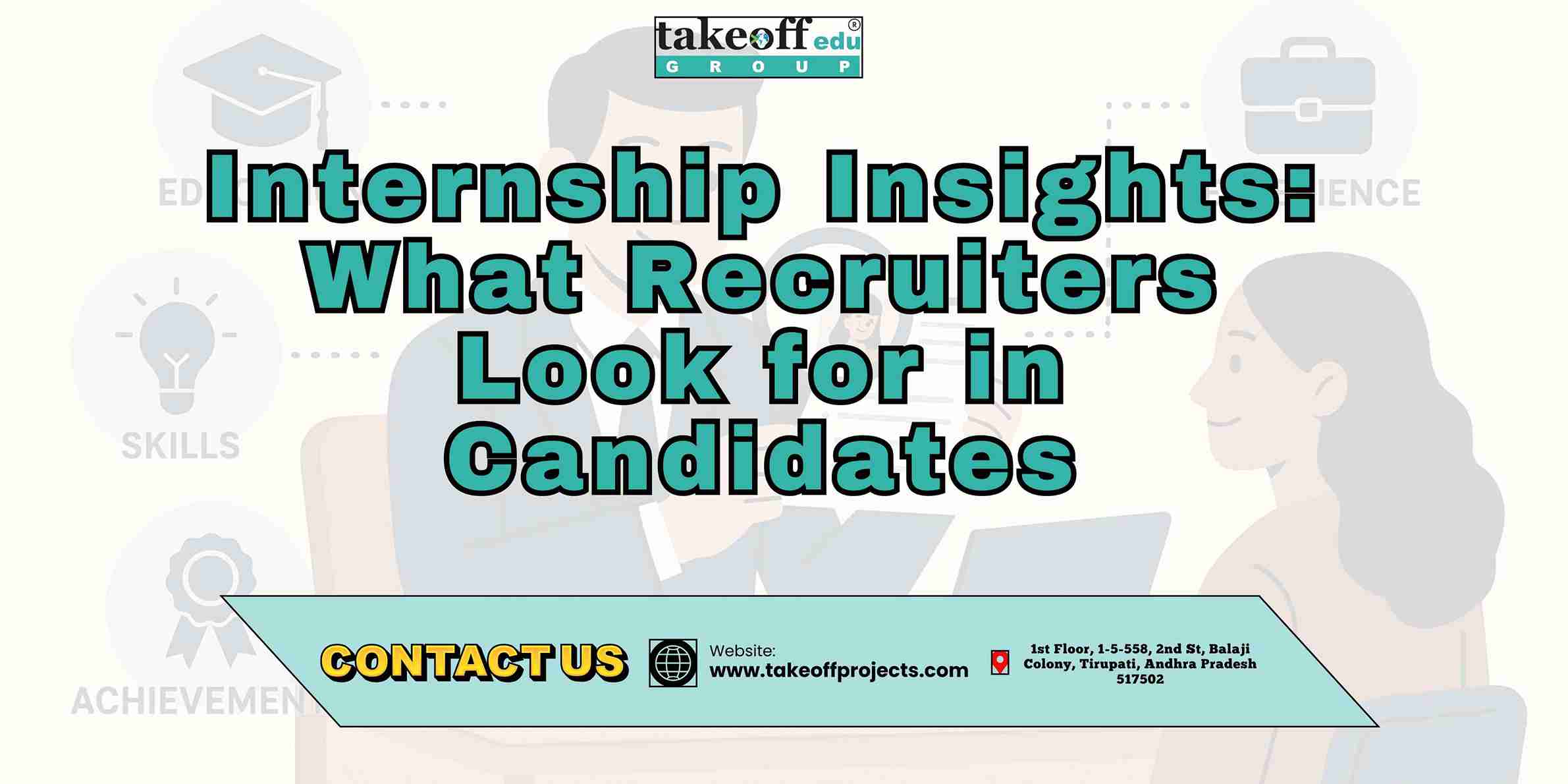 Internship Insights: What Recruiters Look for in Candidates
Internship Insights: What Recruiters Look for in Candidates 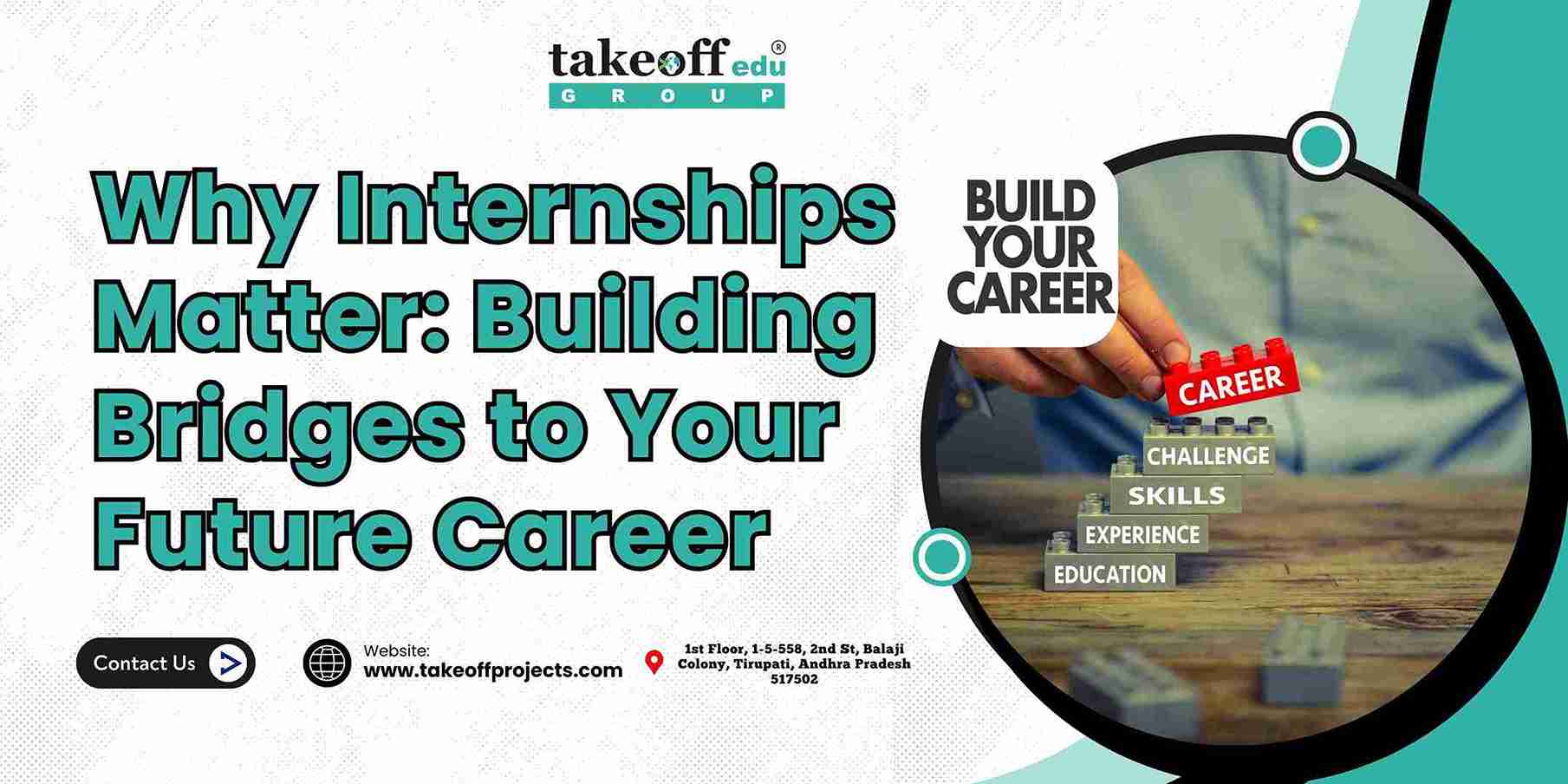 Why Internships Matter: Building Bridges to Your Future Career
Why Internships Matter: Building Bridges to Your Future Career  Smart Mirror Based on Raspberry Pi
Smart Mirror Based on Raspberry Pi 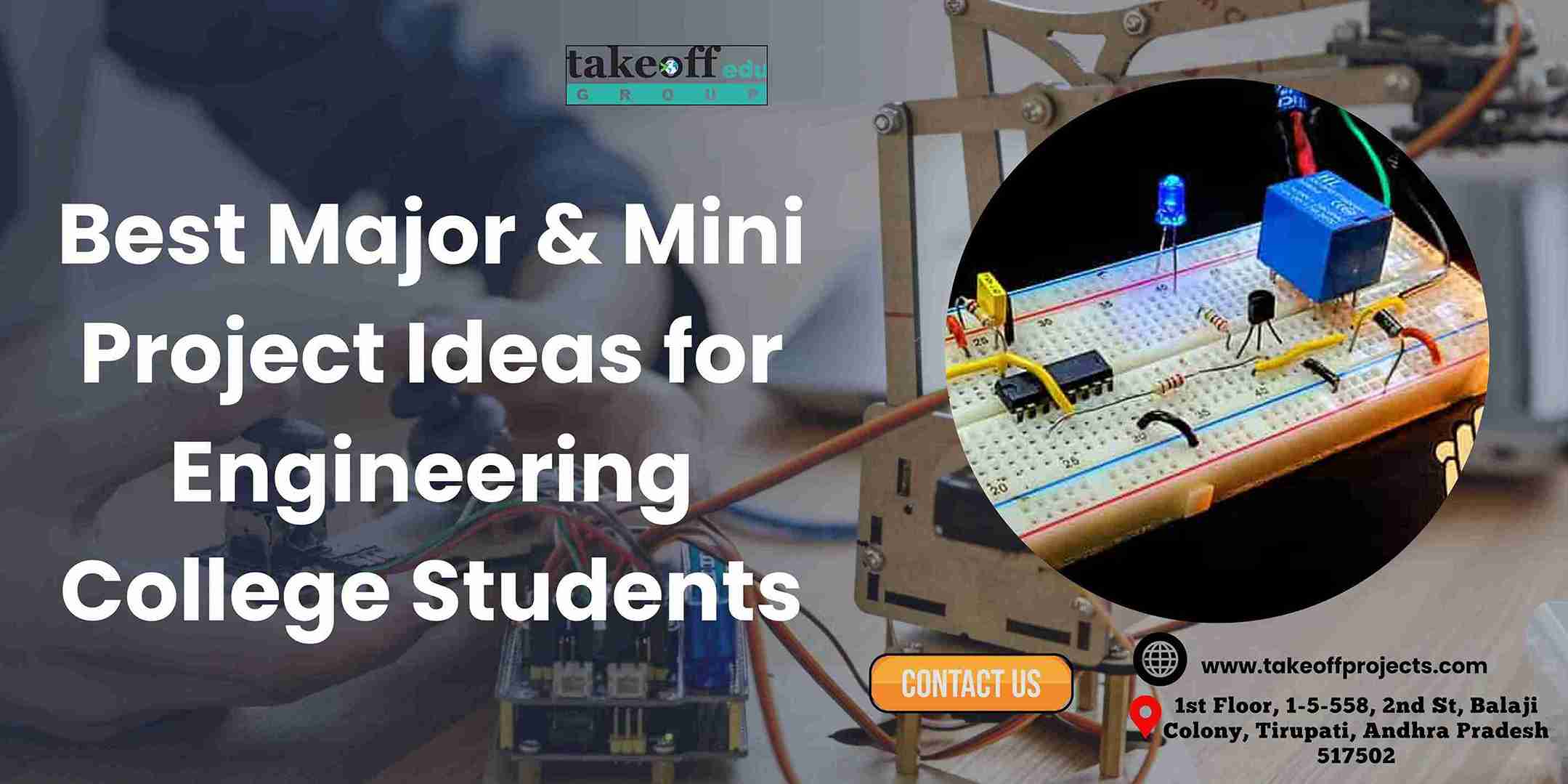 Best Major & Mini Project Ideas for Engineering College Students
Best Major & Mini Project Ideas for Engineering College Students  Top B.Tech/M.Tech Engineering Projects Consultants & Services
Top B.Tech/M.Tech Engineering Projects Consultants & Services 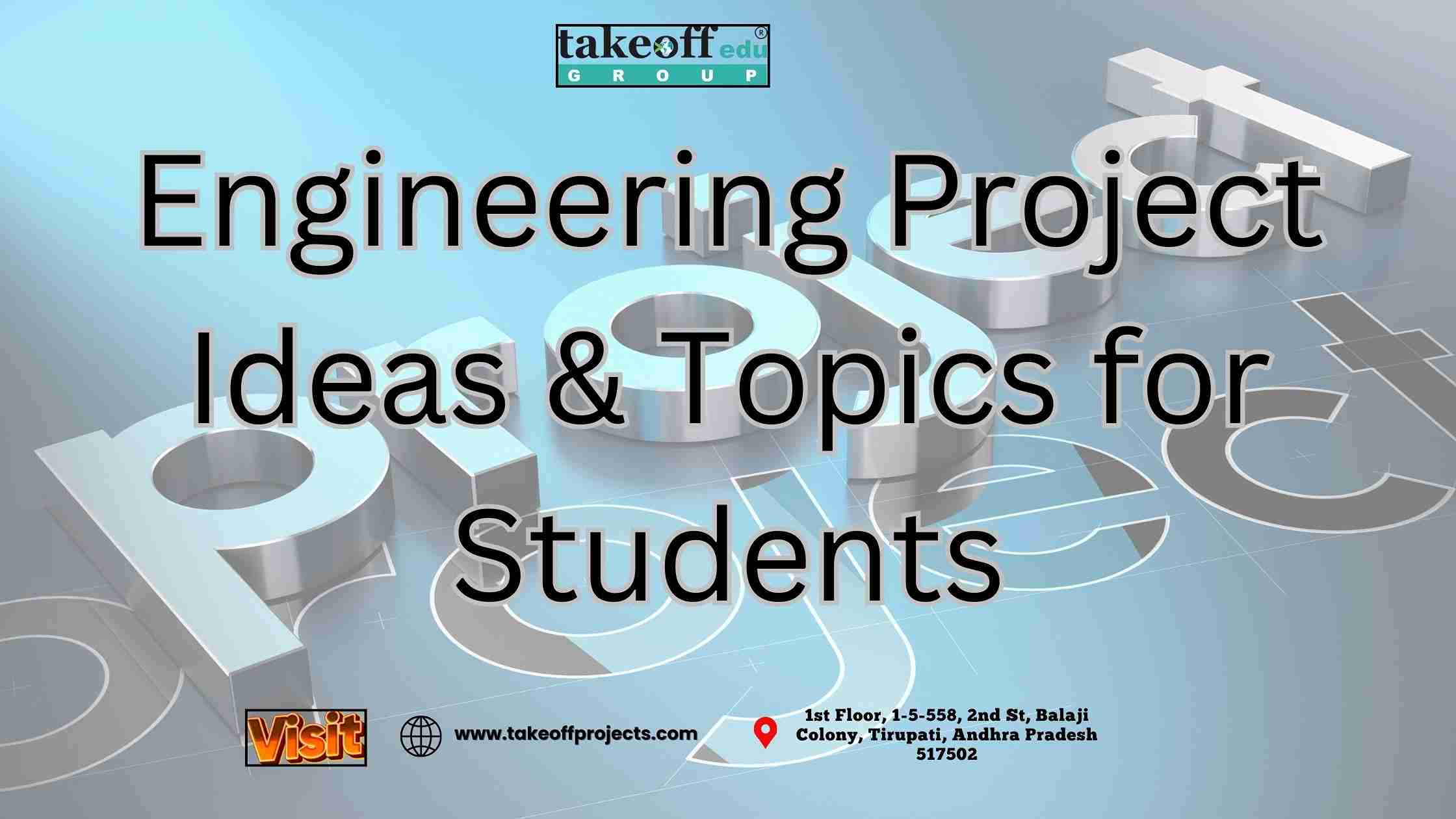 Engineering Project Ideas & Topics for Students
Engineering Project Ideas & Topics for Students 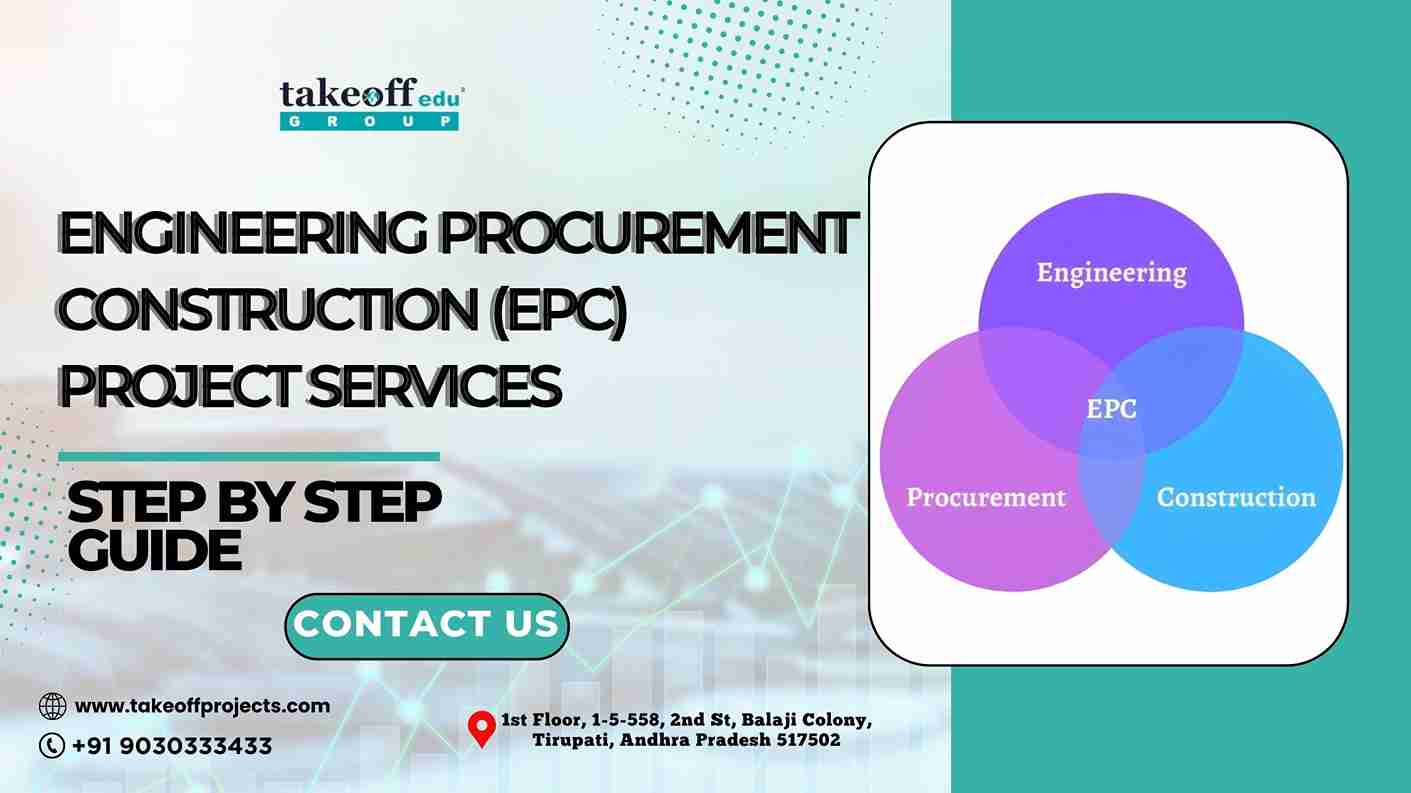 Engineering Procurement Construction (EPC) Project Services: Step By Step Guide
Engineering Procurement Construction (EPC) Project Services: Step By Step Guide  IEEE Projects in Tirupati
IEEE Projects in Tirupati 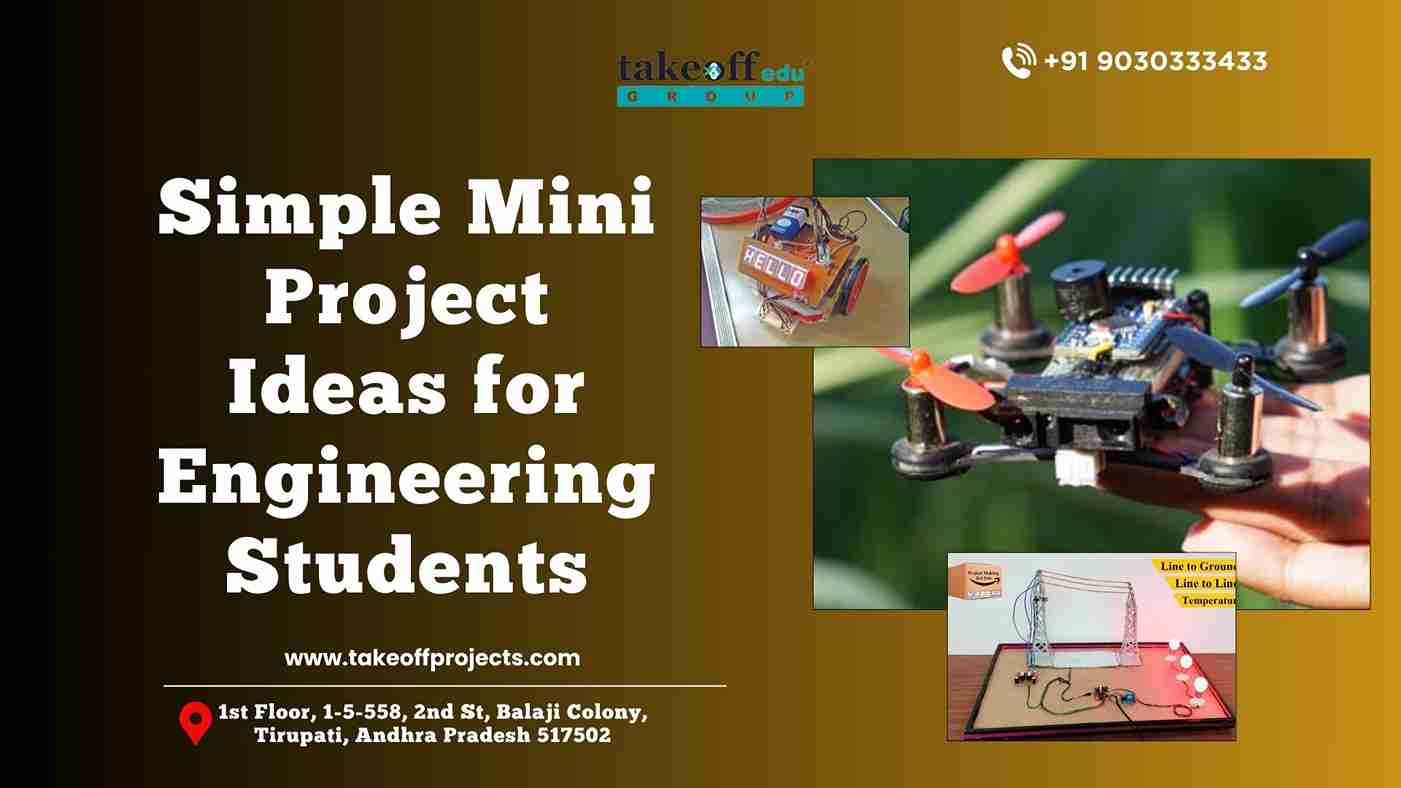 Simple Mini Project Ideas for Engineering Students
Simple Mini Project Ideas for Engineering Students 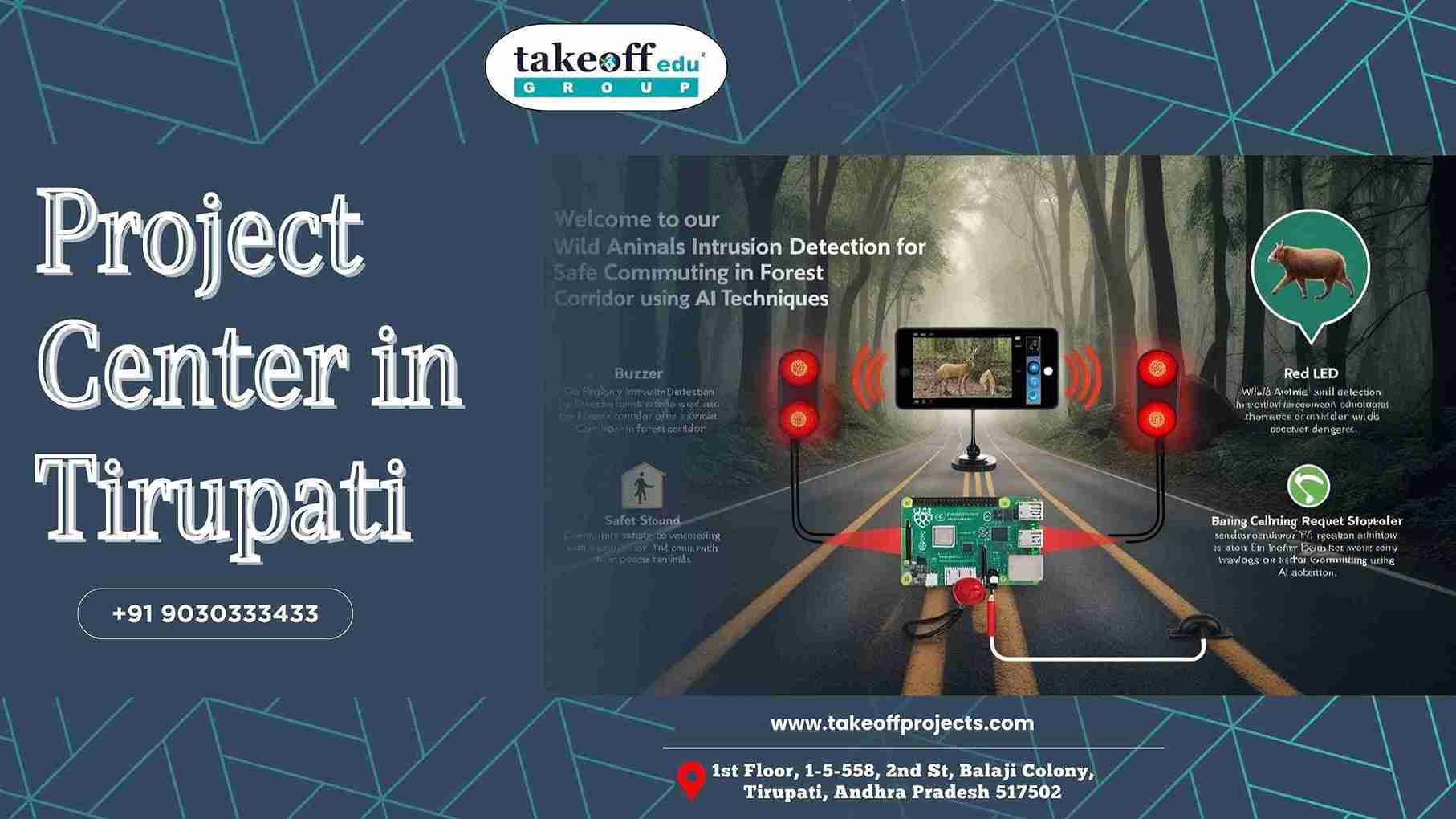 Project Center in Tirupati
Project Center in Tirupati 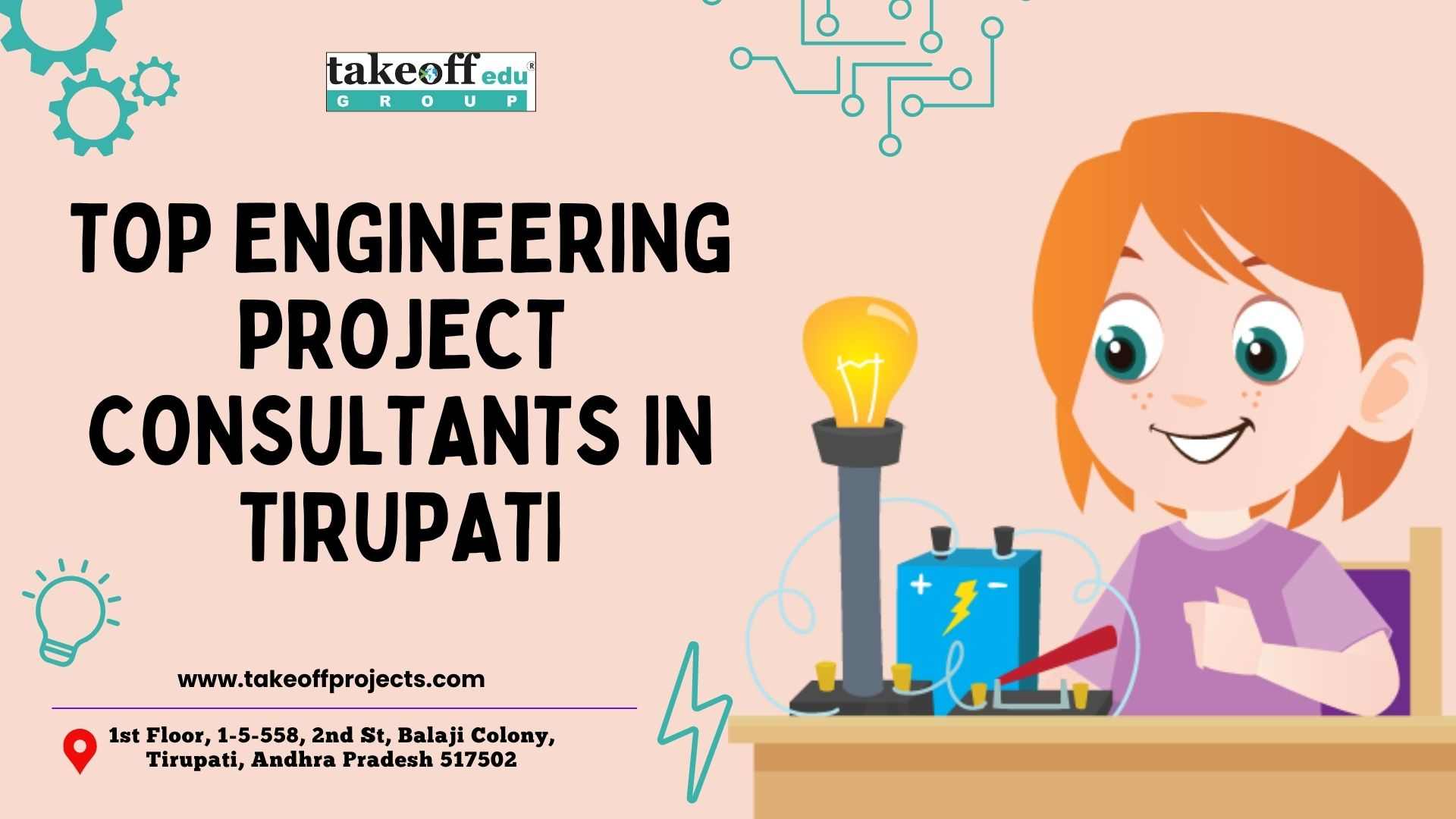 Top Engineering Project Consultants in Tirupati
Top Engineering Project Consultants in Tirupati 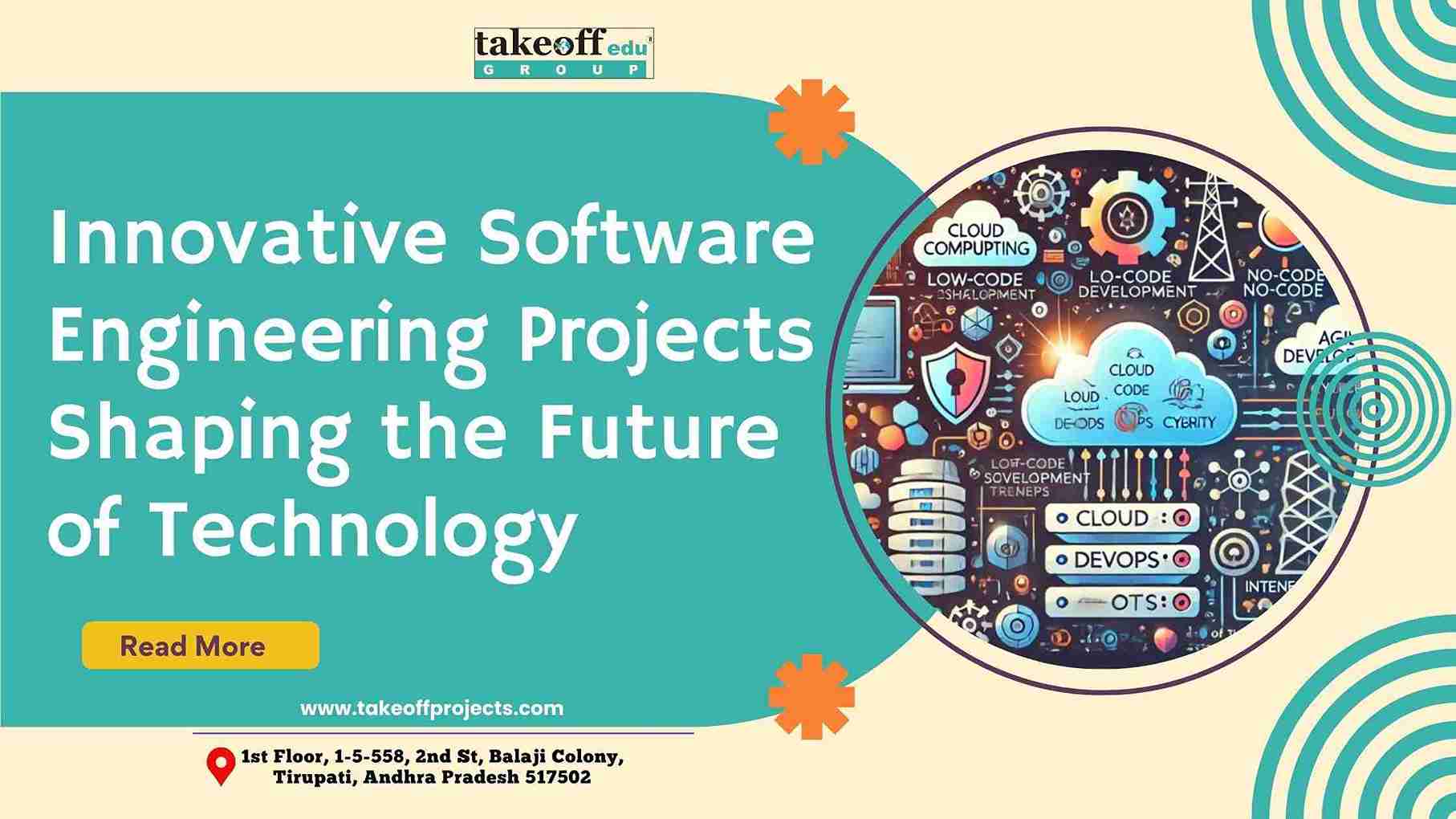 Innovative Software Engineering Projects: Shaping the Future of Technology
Innovative Software Engineering Projects: Shaping the Future of Technology 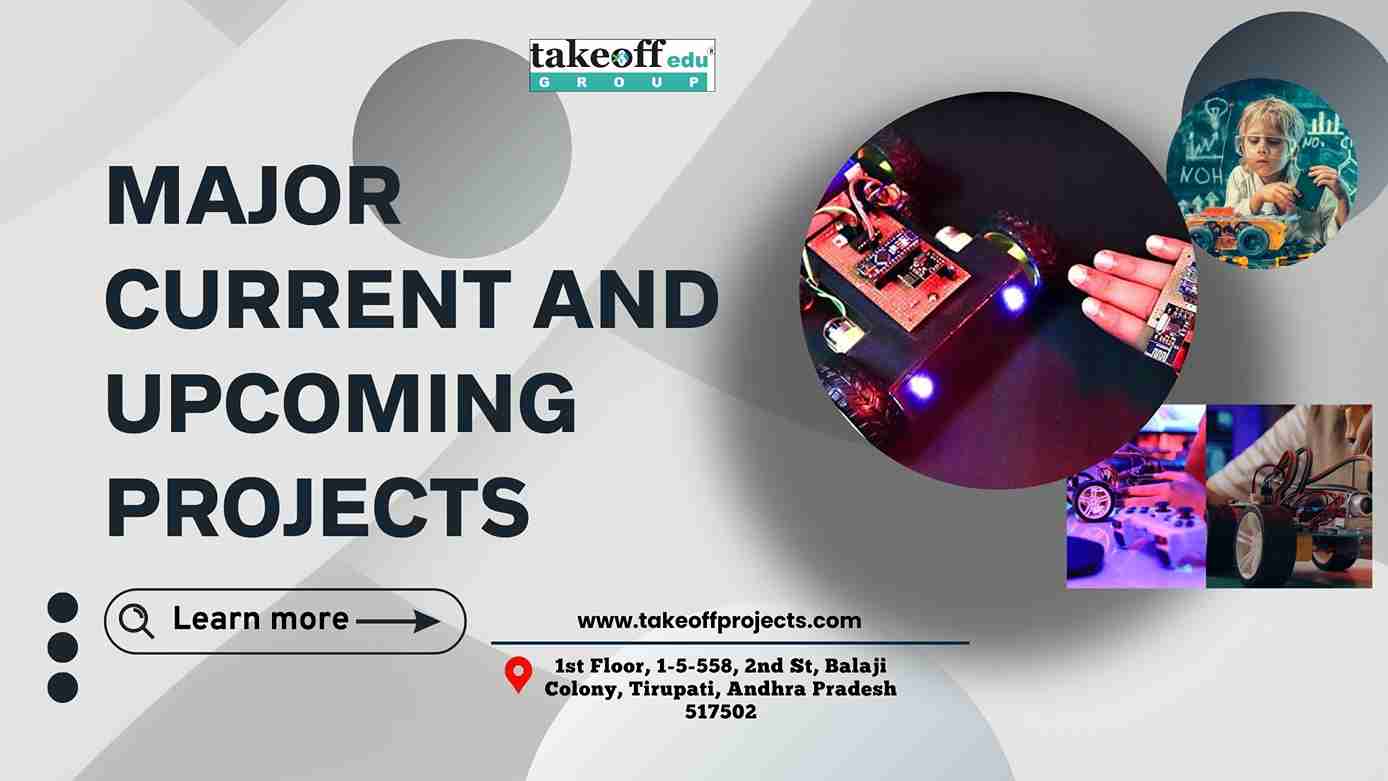 Major Current and Upcoming Projects
Major Current and Upcoming Projects 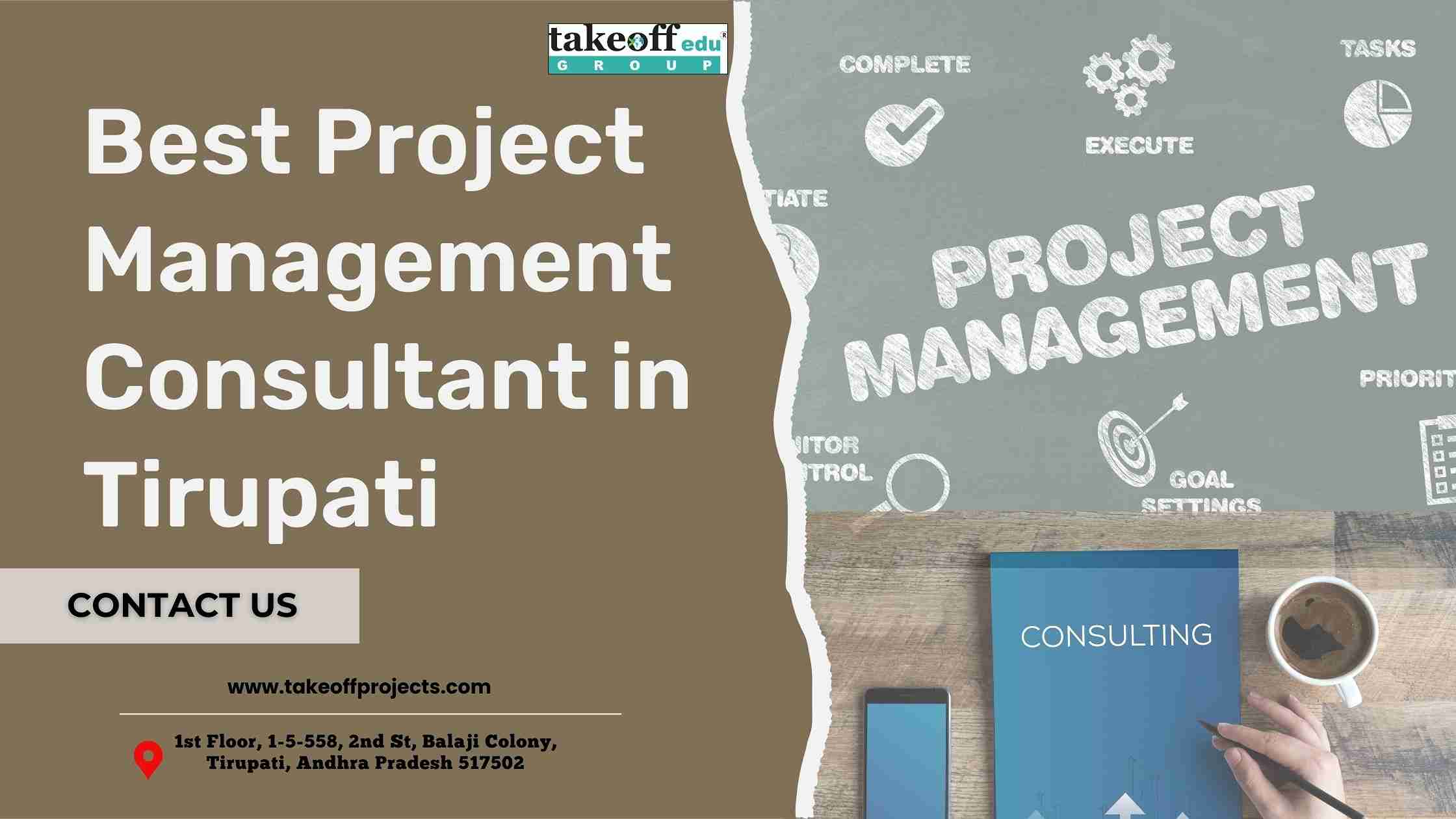 Best Project Management Consultant in Tirupati
Best Project Management Consultant in Tirupati  Top 10 Best Project Consultants in Andhra Pradesh
Top 10 Best Project Consultants in Andhra Pradesh  Best Project Consultancy in Tirupati
Best Project Consultancy in Tirupati 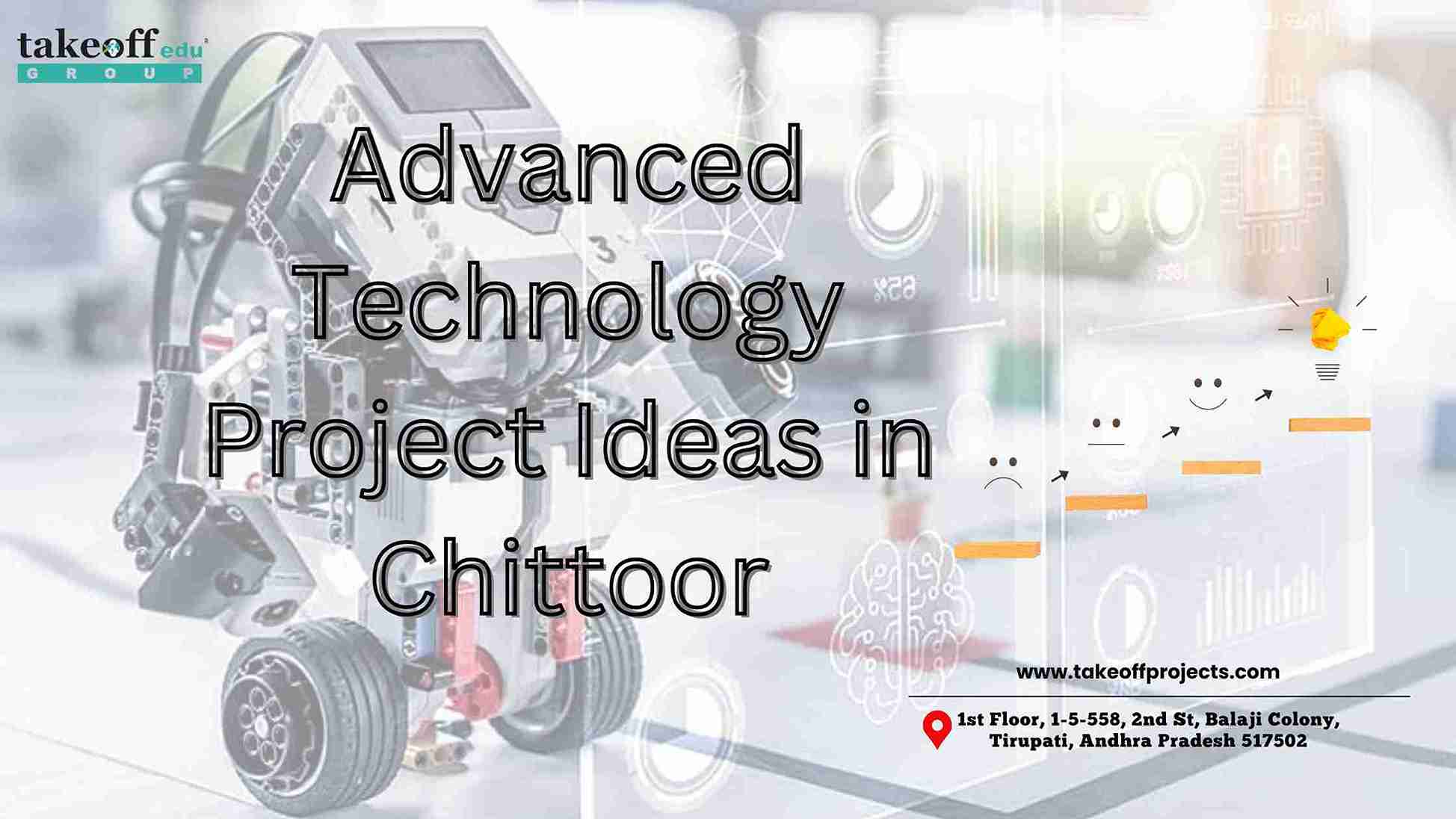 Advanced Technology Project Ideas in Chittoor
Advanced Technology Project Ideas in Chittoor 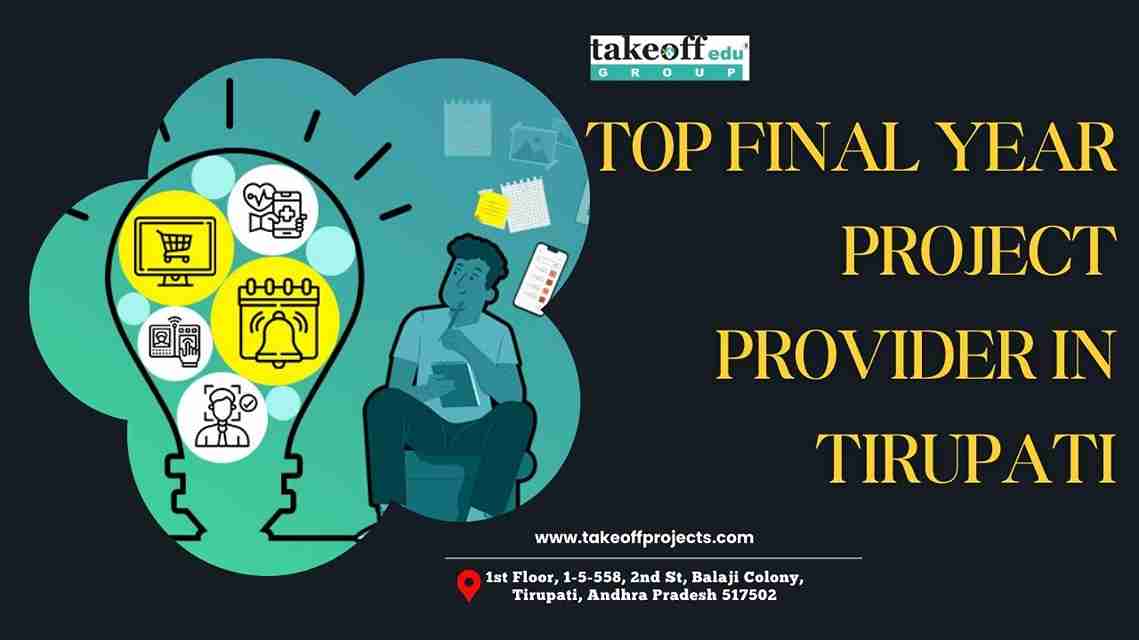 Top Final Year Project Provider in Tirupati
Top Final Year Project Provider in Tirupati 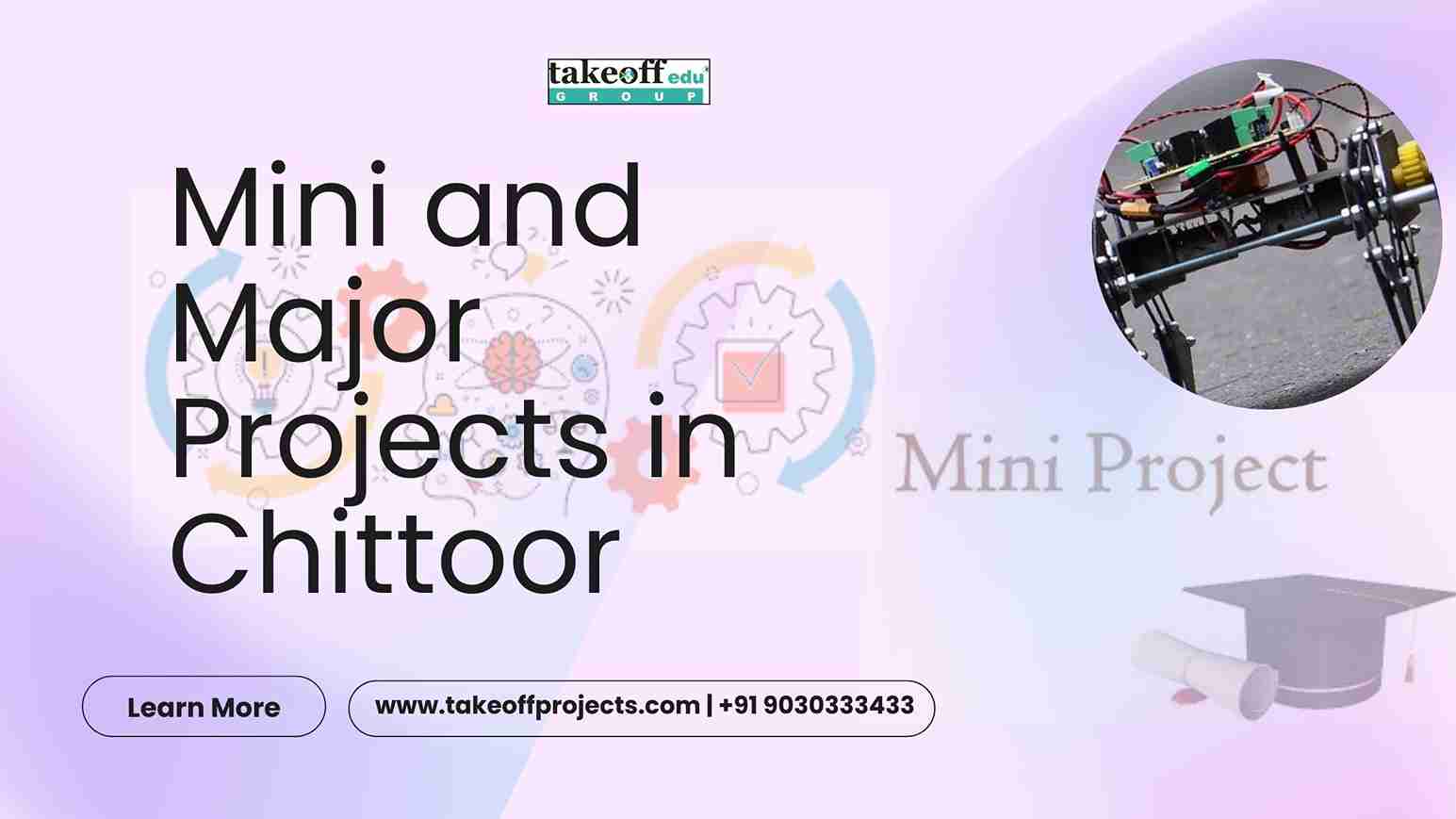 Mini and Major Projects in Chittoor
Mini and Major Projects in Chittoor  Final Year Projects in Tirupati: Unlocking Your Academic Potential
Final Year Projects in Tirupati: Unlocking Your Academic Potential  Affordable Academic Projects in India: A Gateway to Success
Affordable Academic Projects in India: A Gateway to Success 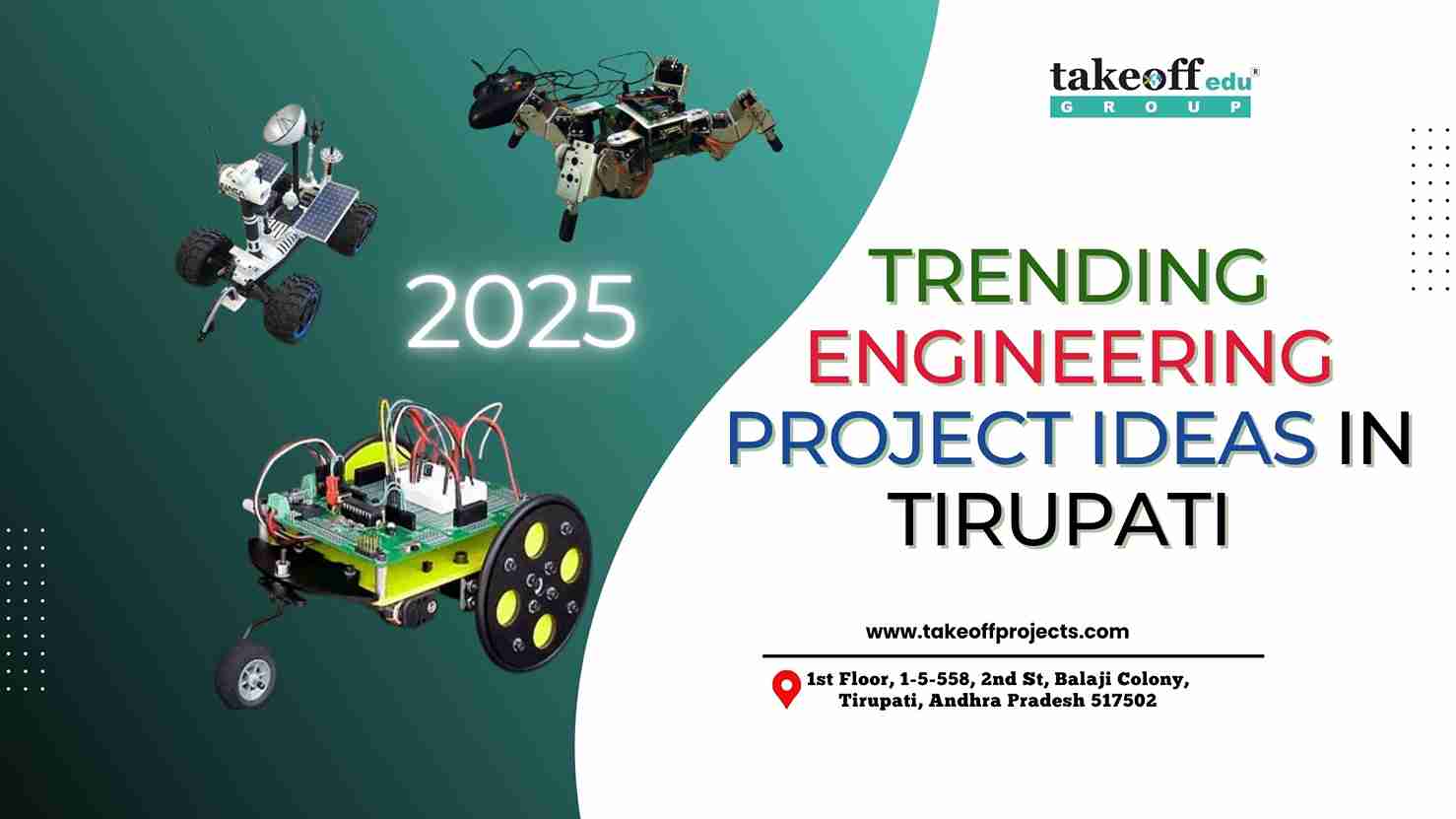 Trending Engineering Project Ideas in Tirupati 2025
Trending Engineering Project Ideas in Tirupati 2025 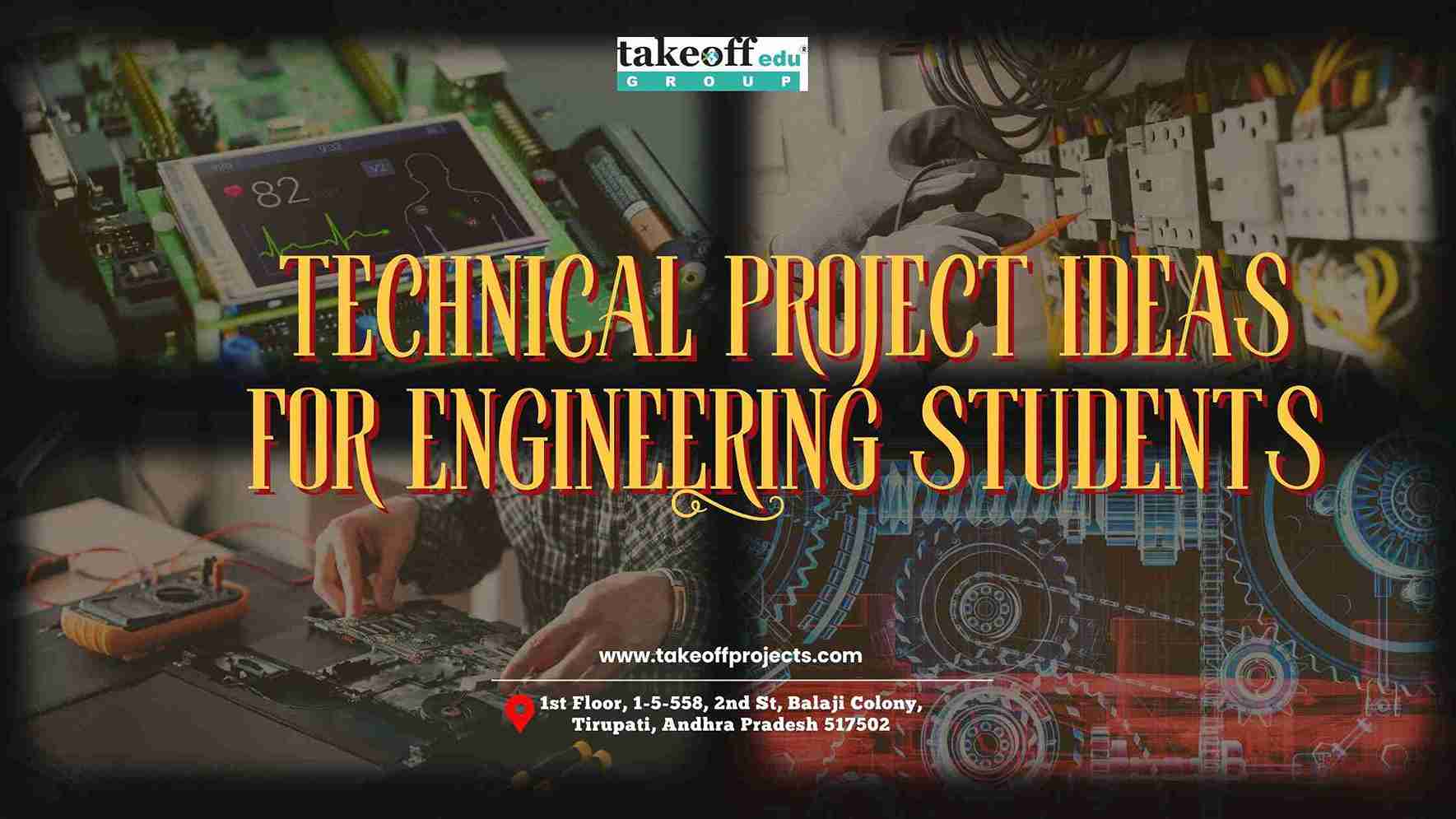 Technical Project ideas for engineering students
Technical Project ideas for engineering students  How Do I Choose A Project Topic Titles For Final Year Engineering Students?
How Do I Choose A Project Topic Titles For Final Year Engineering Students?  Find Best College Project Centers in Andhra Pradesh
Find Best College Project Centers in Andhra Pradesh  Latest Engineering Project Ideas for 2025
Latest Engineering Project Ideas for 2025 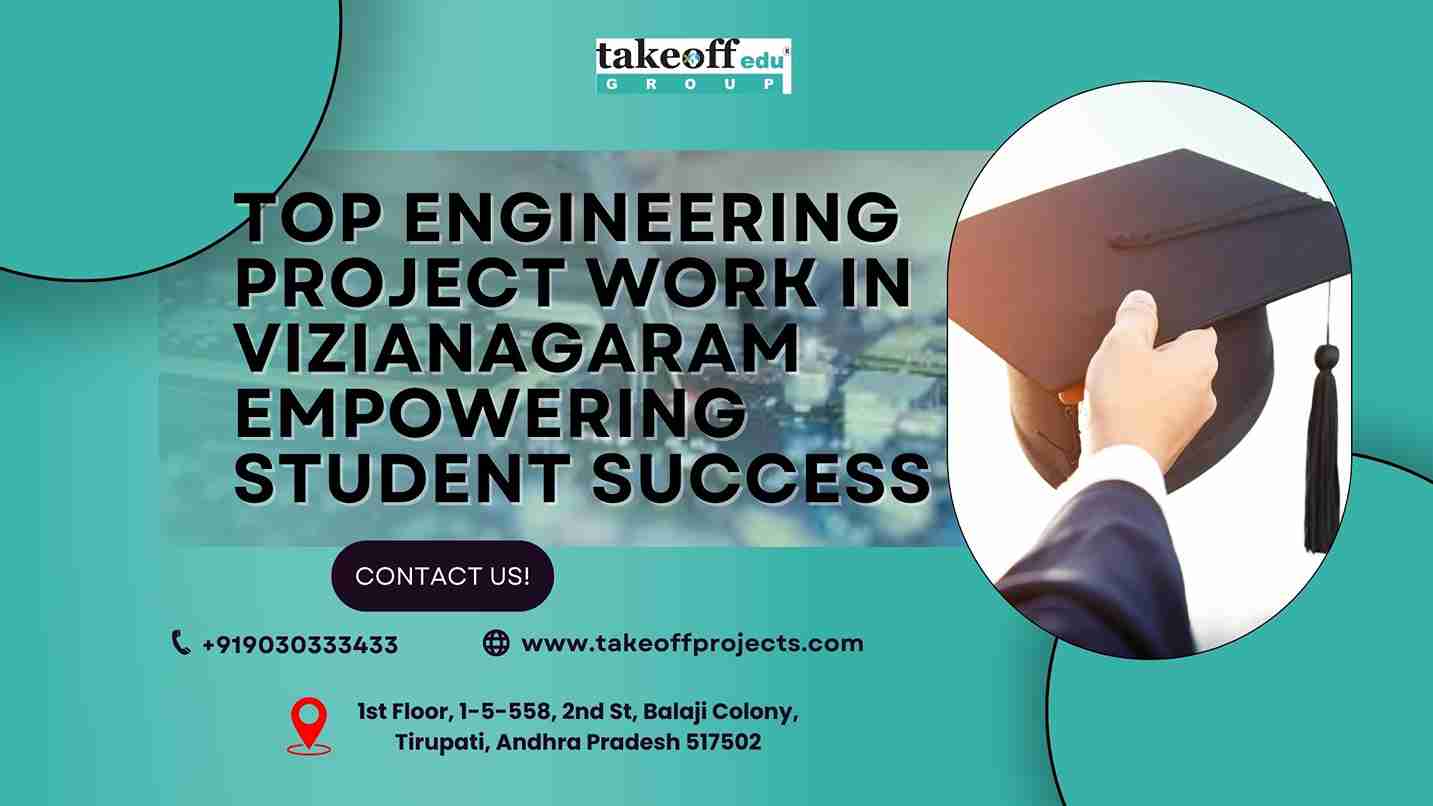 Top Engineering Project Work in Vizianagaram: Empowering Student Success
Top Engineering Project Work in Vizianagaram: Empowering Student Success 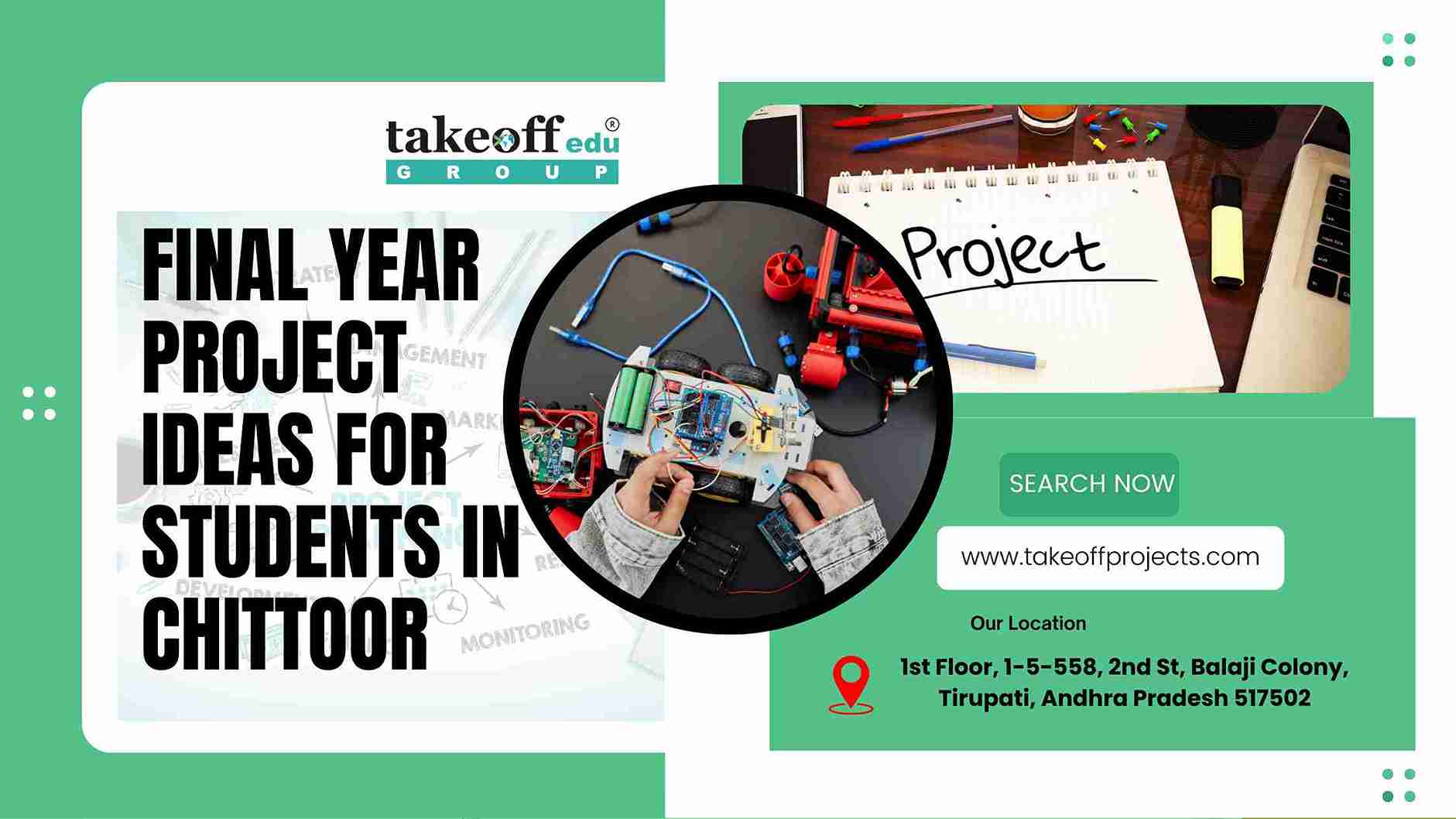 Final Year Project Ideas for Students in Chittoor
Final Year Project Ideas for Students in Chittoor  Project Ideas for College Students in Telangana
Project Ideas for College Students in Telangana  Top 10 Mini Project Ideas for College Students
Top 10 Mini Project Ideas for College Students 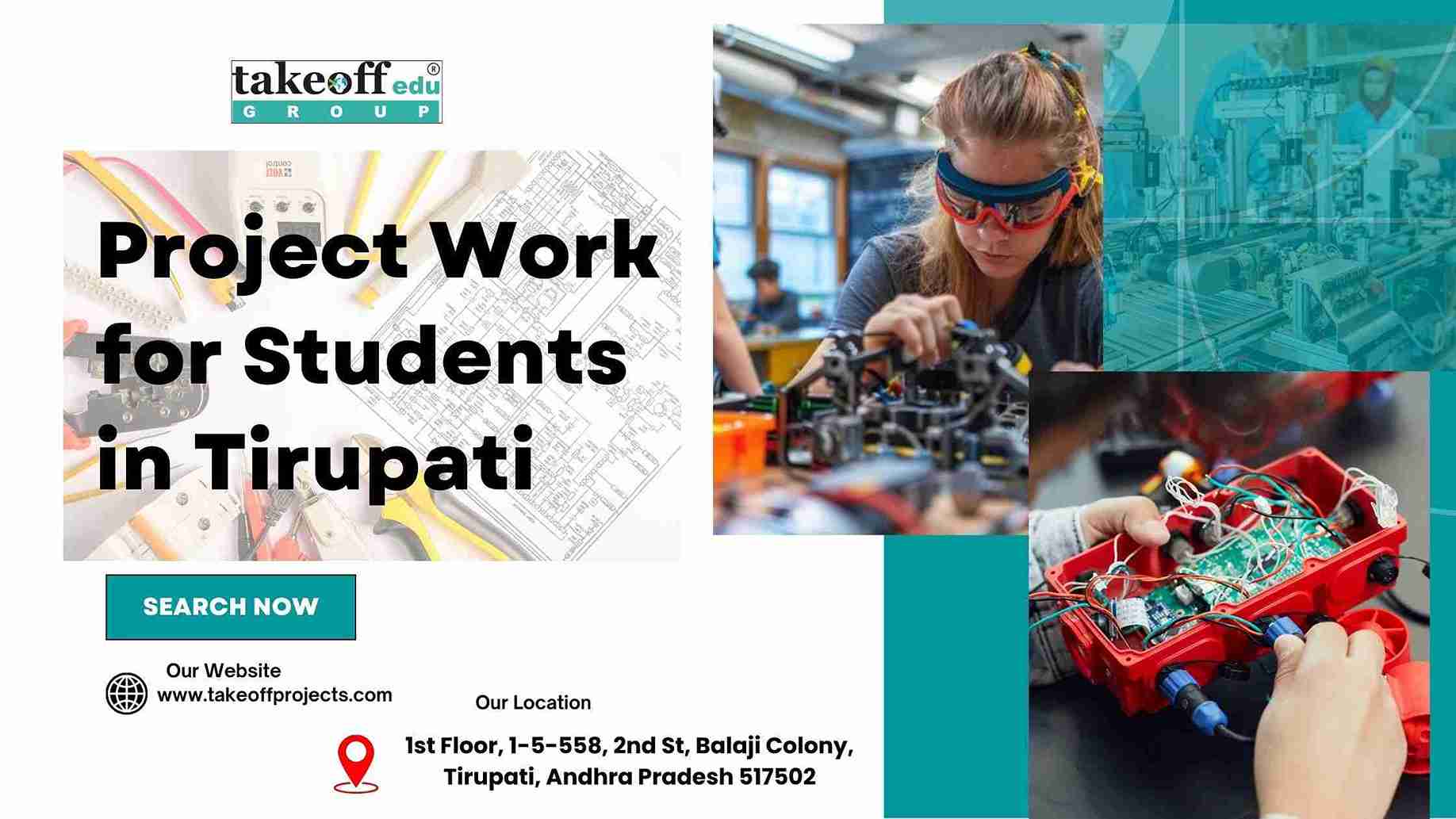 Project Work for Students in Tirupati
Project Work for Students in Tirupati  Best Engineering Projects in Andhra Pradesh: A Comprehensive Guide
Best Engineering Projects in Andhra Pradesh: A Comprehensive Guide 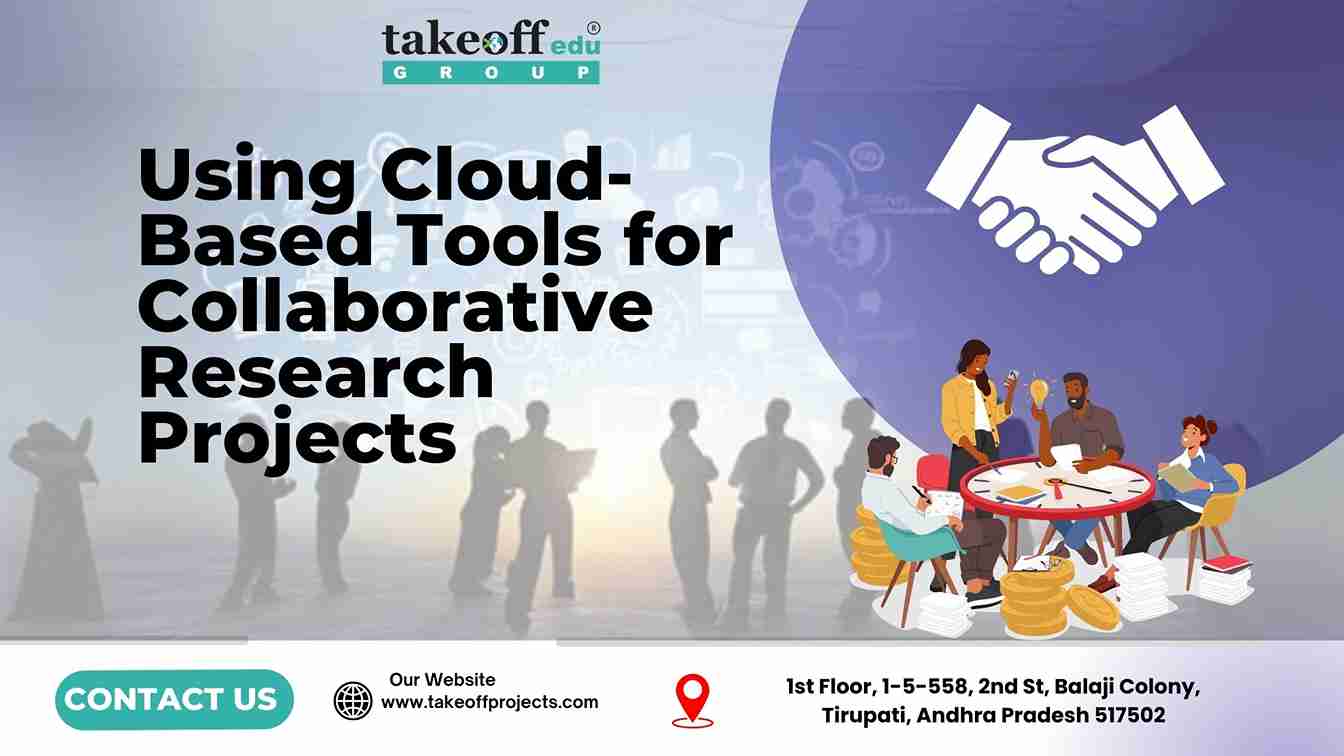 Using Cloud-Based Tools for Collaborative Research Projects
Using Cloud-Based Tools for Collaborative Research Projects  Advantages of Undergraduate Research Opportunities
Advantages of Undergraduate Research Opportunities  How to Prepare for Academic Research Conferences
How to Prepare for Academic Research Conferences  Understanding the Different Types of Academic Research
Understanding the Different Types of Academic Research 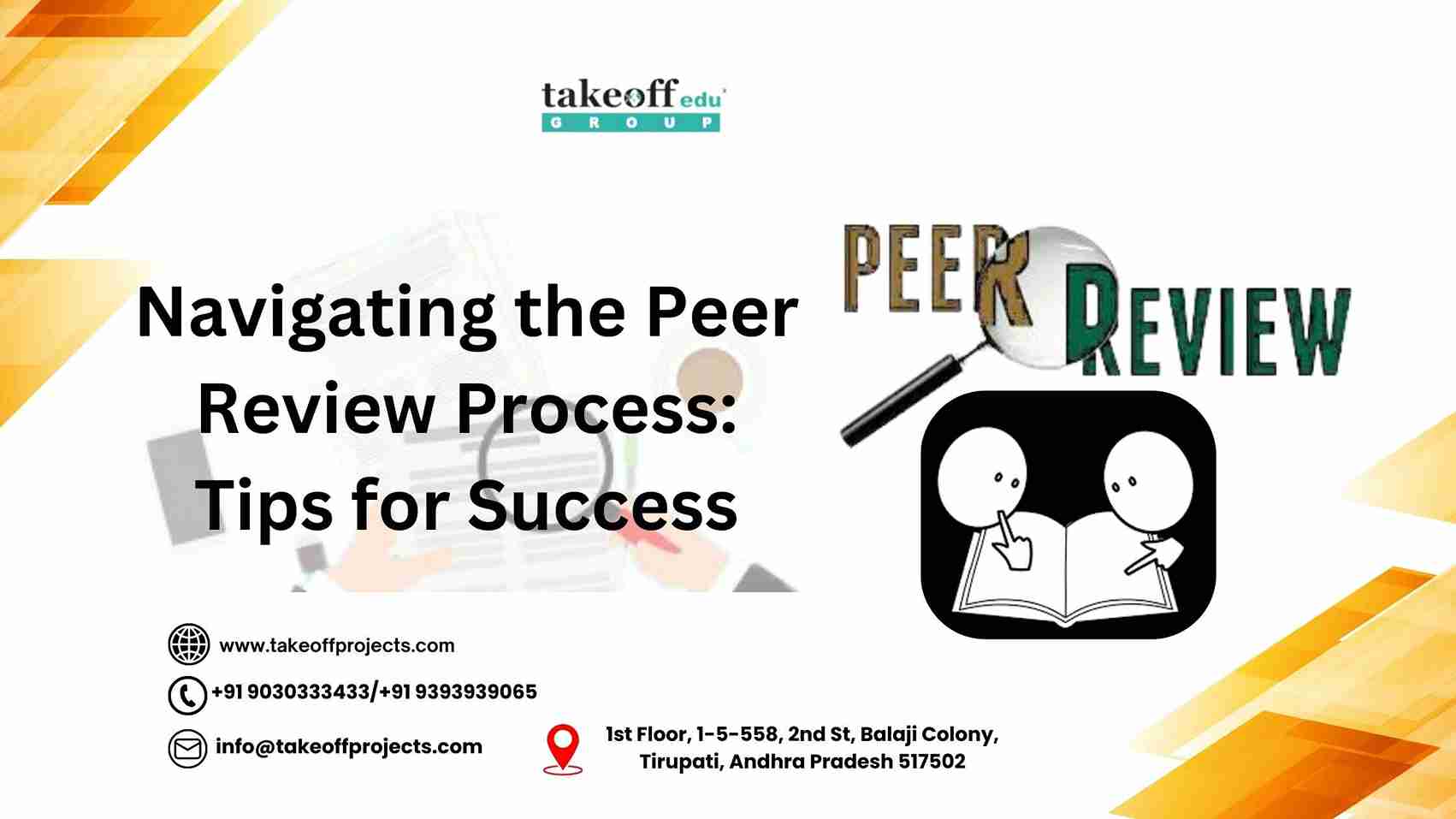 Navigating the Peer Review Process: Tips for Success
Navigating the Peer Review Process: Tips for Success  How to Write the Abstract for a Research Paper
How to Write the Abstract for a Research Paper  The Impact of Academic Research on Policy Making
The Impact of Academic Research on Policy Making 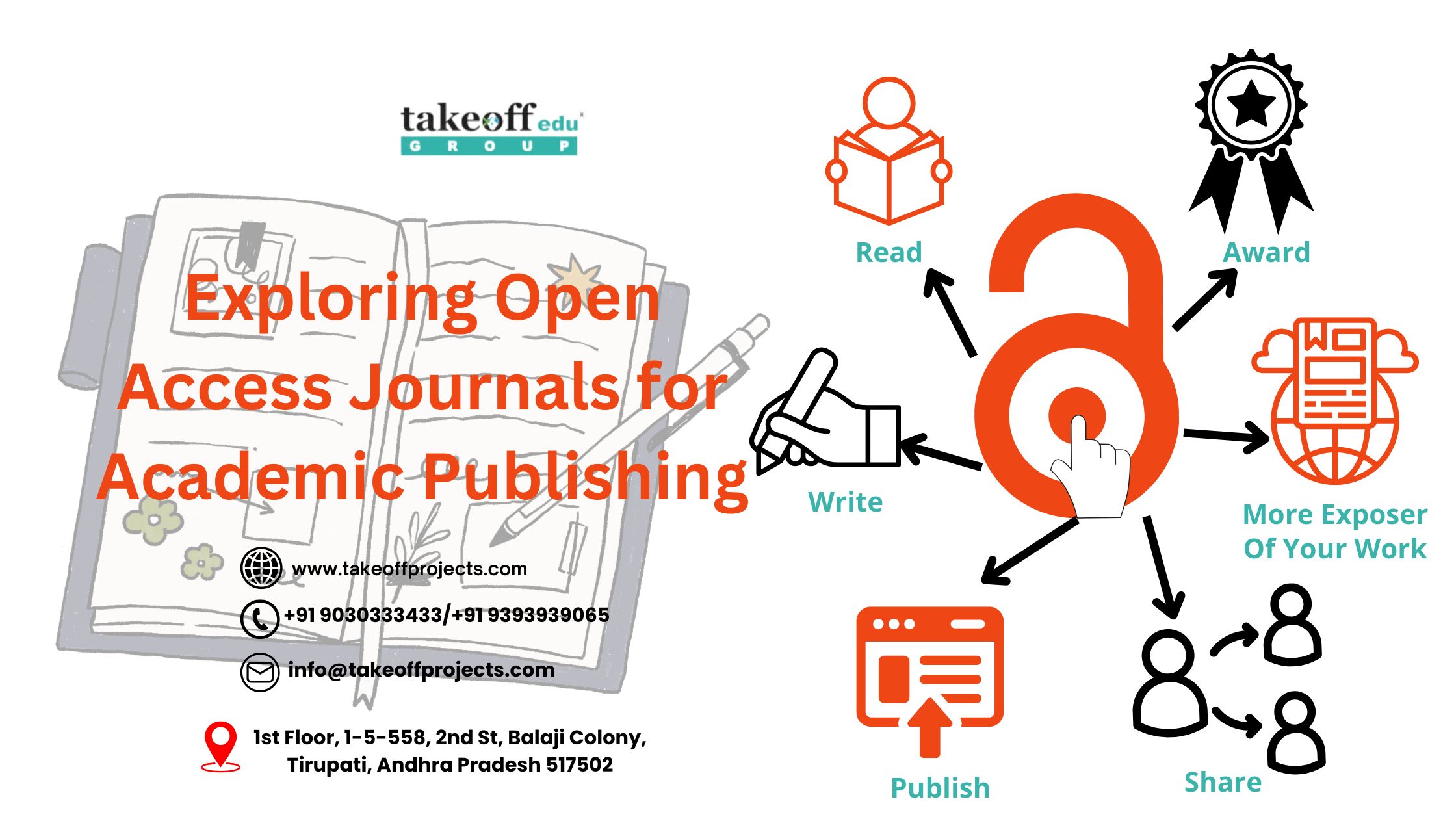 Exploring Open Access Journals for Academic Publishing
Exploring Open Access Journals for Academic Publishing 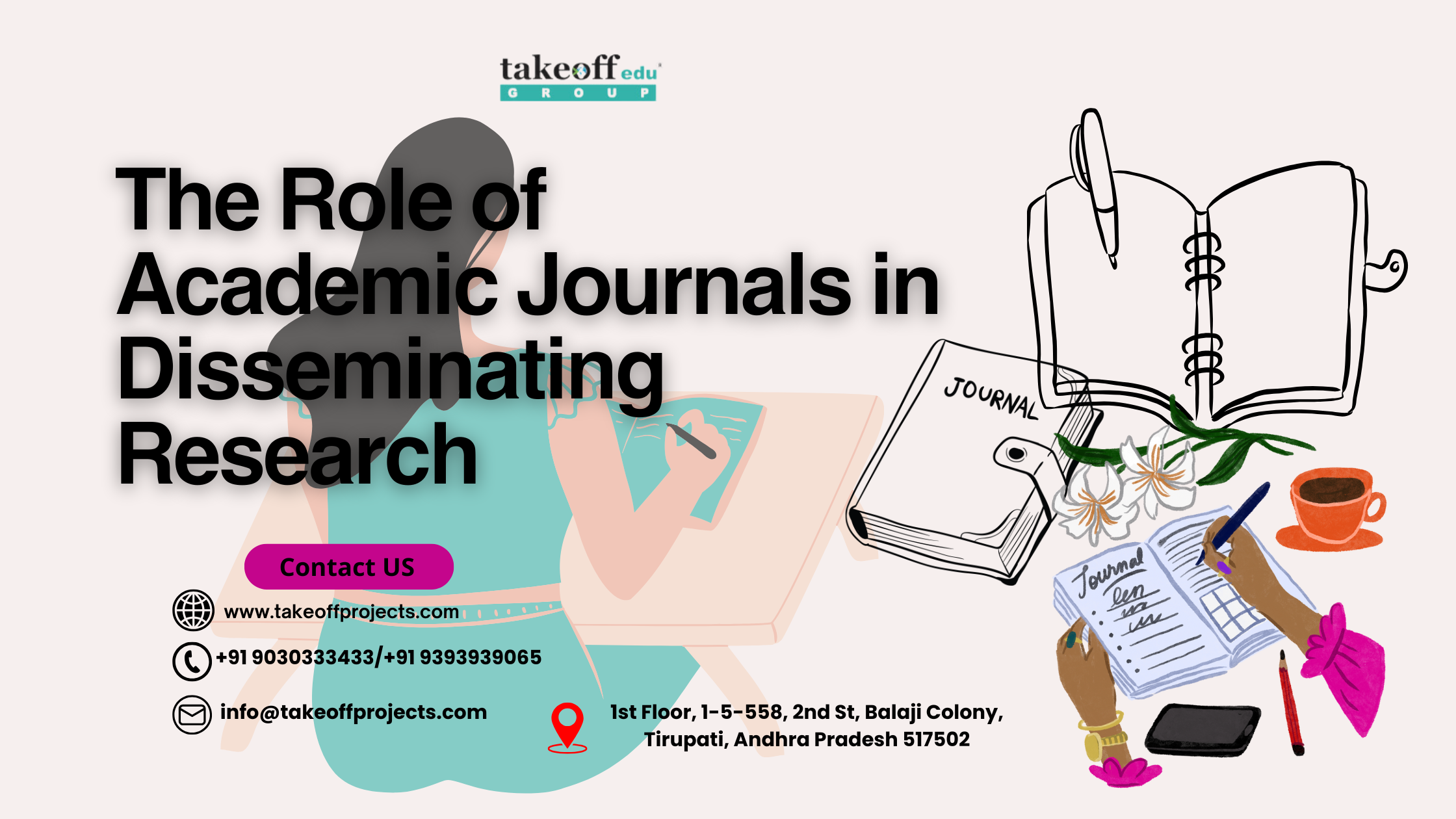 The Role of Academic Journals in Disseminating Research
The Role of Academic Journals in Disseminating Research  How to Balance Coursework and Research Projects: A Guide to Academic Success
How to Balance Coursework and Research Projects: A Guide to Academic Success 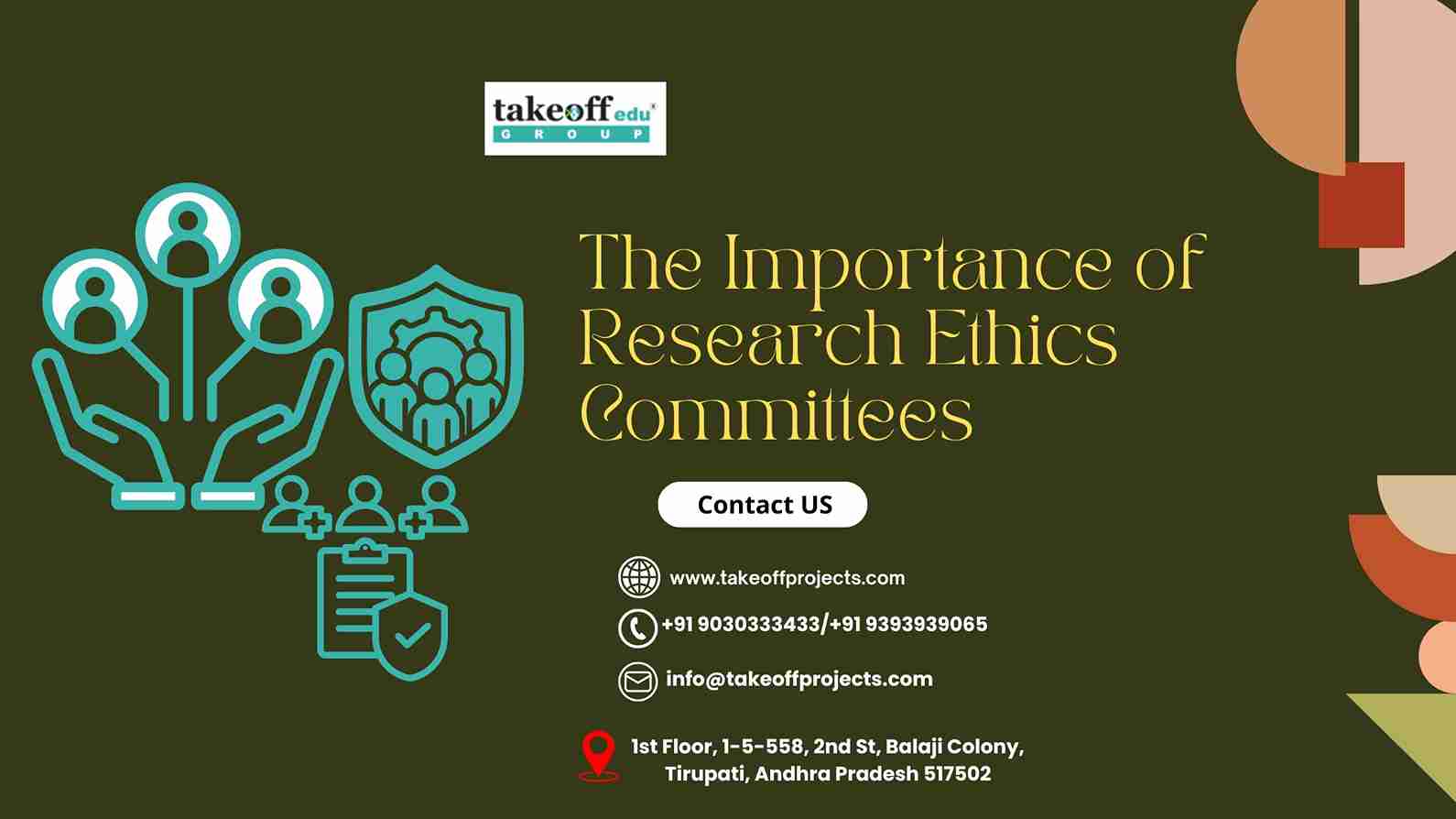 The Importance of Research Ethics Committees
The Importance of Research Ethics Committees  Innovative Teaching Methods to Support Academic Research Projects
Innovative Teaching Methods to Support Academic Research Projects  Creating Impactful Visual Aids for Research Presentations
Creating Impactful Visual Aids for Research Presentations  The Benefits of Peer Review in Academic Research
The Benefits of Peer Review in Academic Research  Surveys and Questionnaires are Effective in Academic Research
Surveys and Questionnaires are Effective in Academic Research  Importance of Documentation Record-Keeping in Academic Research
Importance of Documentation Record-Keeping in Academic Research  Overcoming Challenges in Academic Research Projects
Overcoming Challenges in Academic Research Projects  Leveraging Online Resources for Academic Research
Leveraging Online Resources for Academic Research  Successful Academic Projects in Computer Science: Case Studies
Successful Academic Projects in Computer Science: Case Studies  Building a Research Network: The Importance of Conferences and Workshops
Building a Research Network: The Importance of Conferences and Workshops  How Technology Affects Academic Research?
How Technology Affects Academic Research? 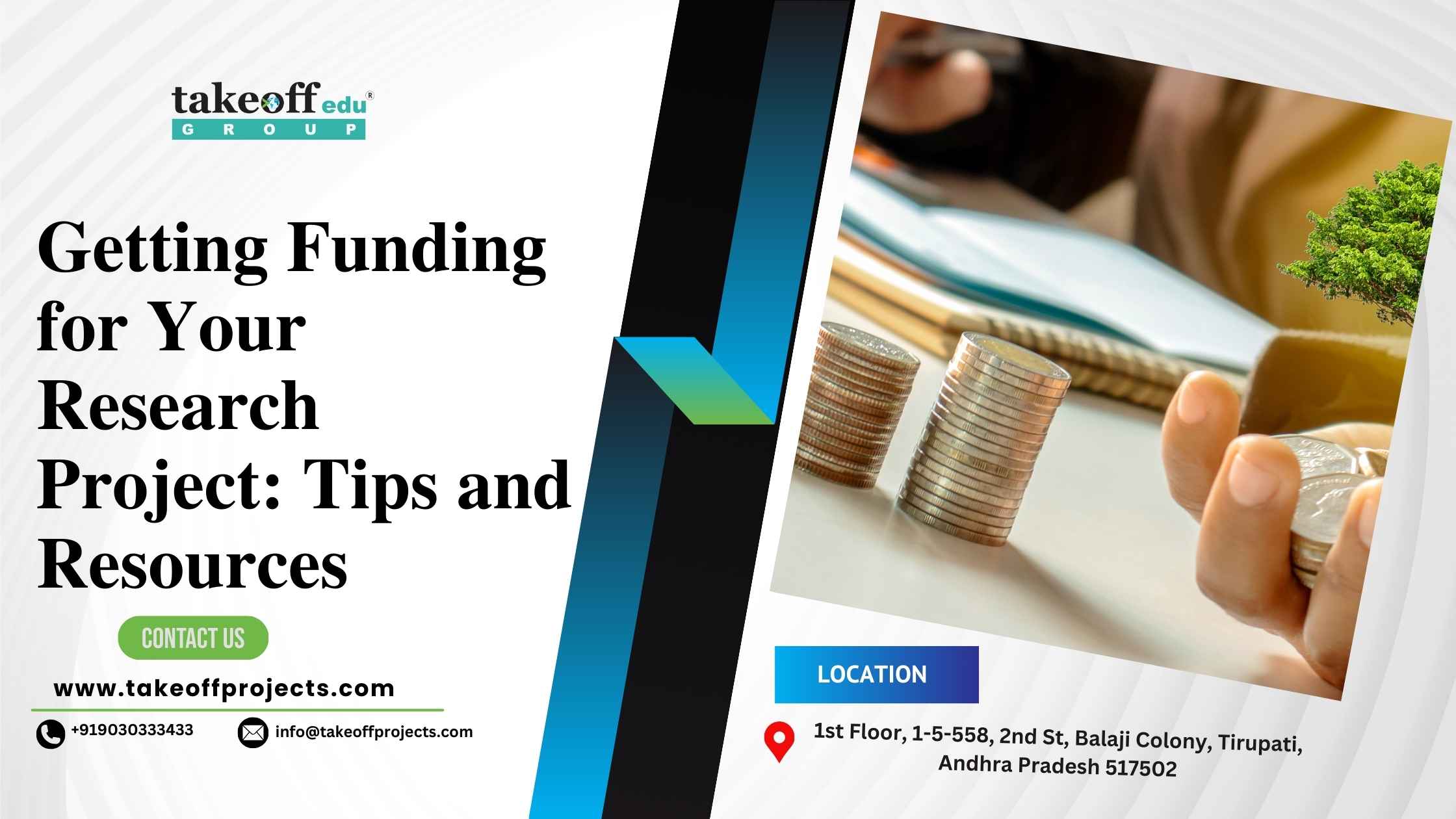 Getting Funding for Your Research Project: Tips and Resources
Getting Funding for Your Research Project: Tips and Resources  Time Management Strategies for Academic Researchers
Time Management Strategies for Academic Researchers 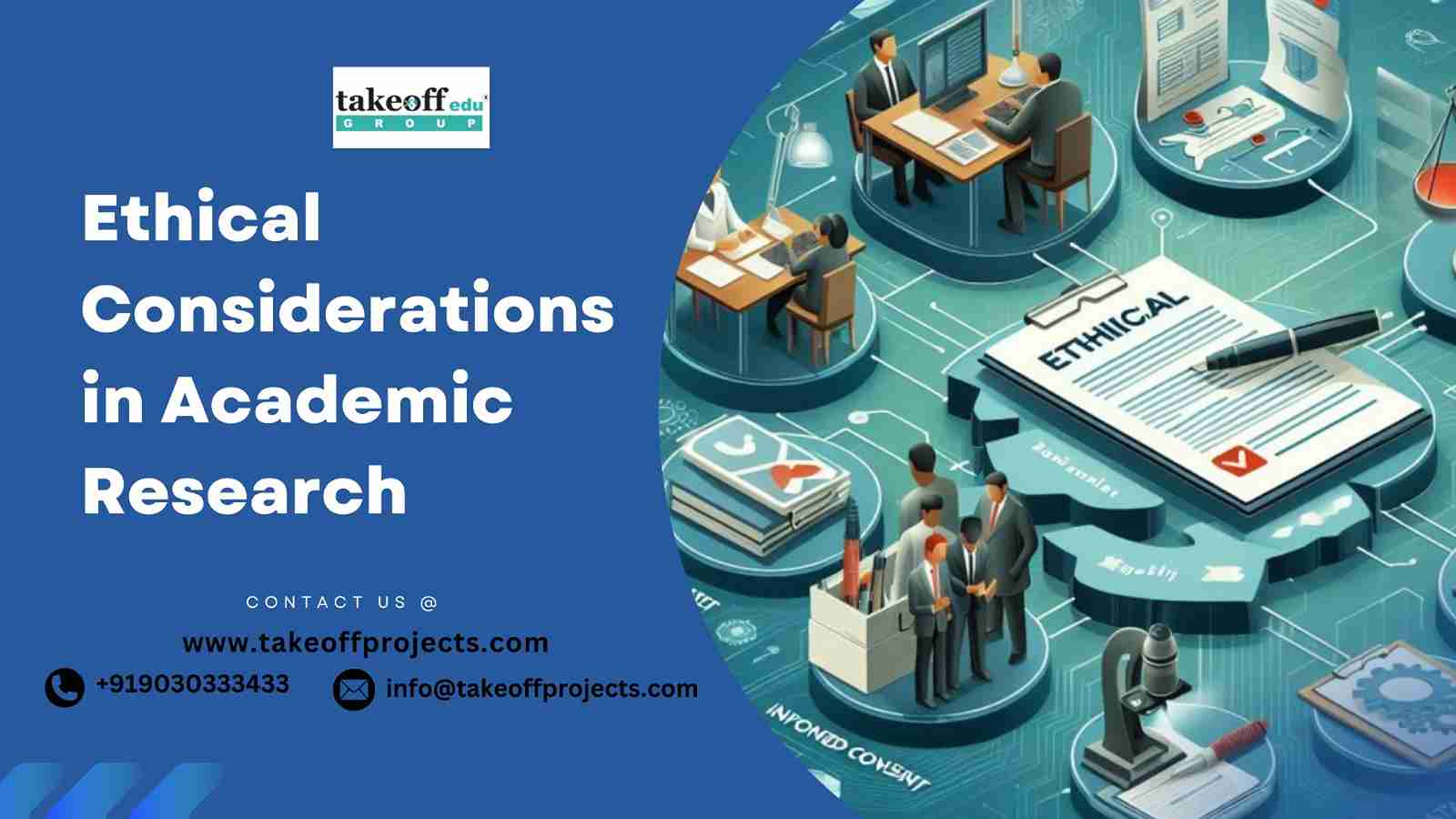 Ethical Considerations in Academic Research
Ethical Considerations in Academic Research 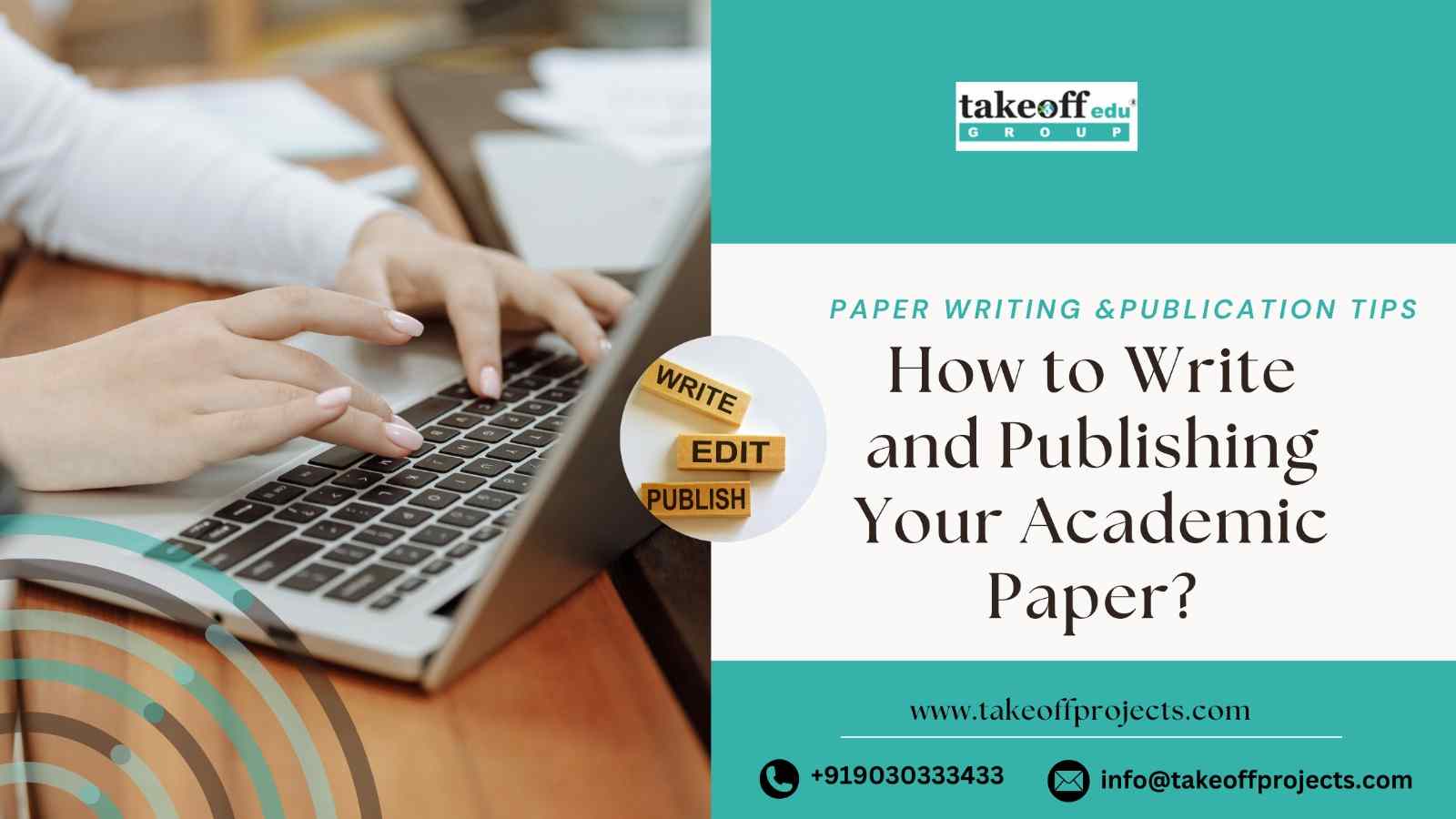 How to Write and Publishing Your Academic Paper?
How to Write and Publishing Your Academic Paper? 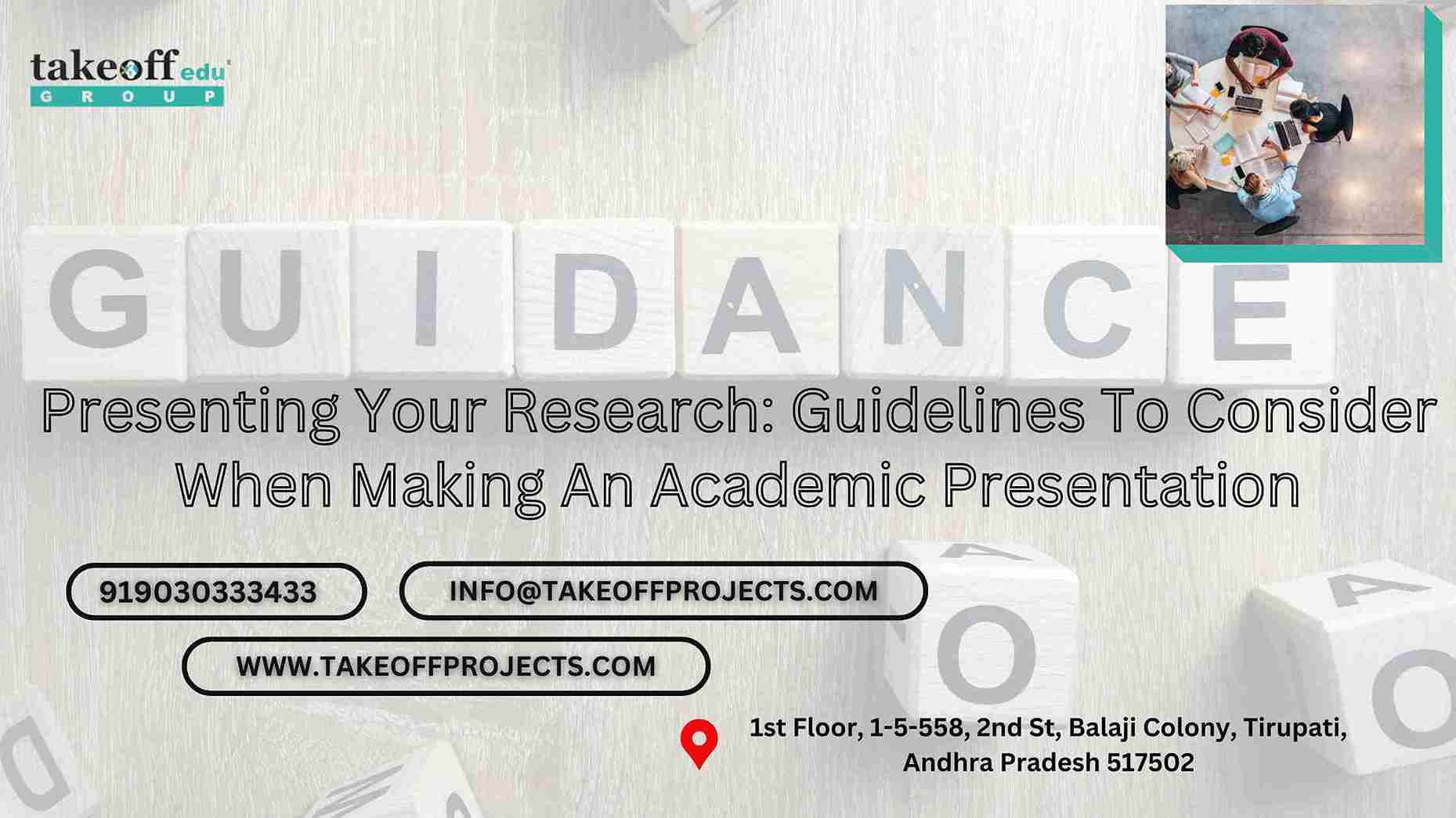 Presenting Your Research: Guidelines To Consider When Making An Academic Presentation
Presenting Your Research: Guidelines To Consider When Making An Academic Presentation 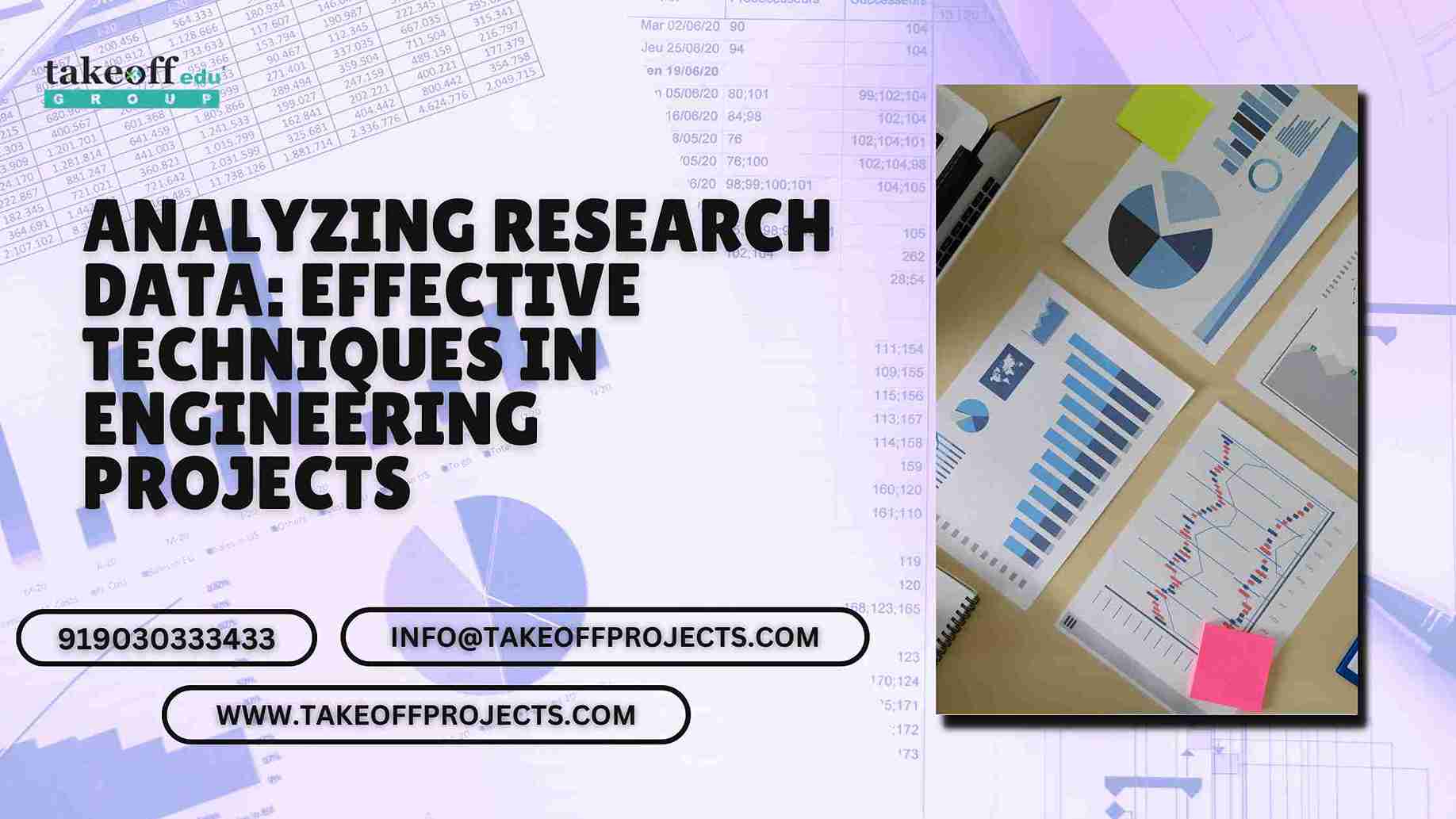 Analyzing Research Data: Effective Techniques in Engineering Projects
Analyzing Research Data: Effective Techniques in Engineering Projects  Writing a Winning Student Research Proposal: A Step-by-Step Guide
Writing a Winning Student Research Proposal: A Step-by-Step Guide  Project Management for Academic Research: Tools and Techniques
Project Management for Academic Research: Tools and Techniques 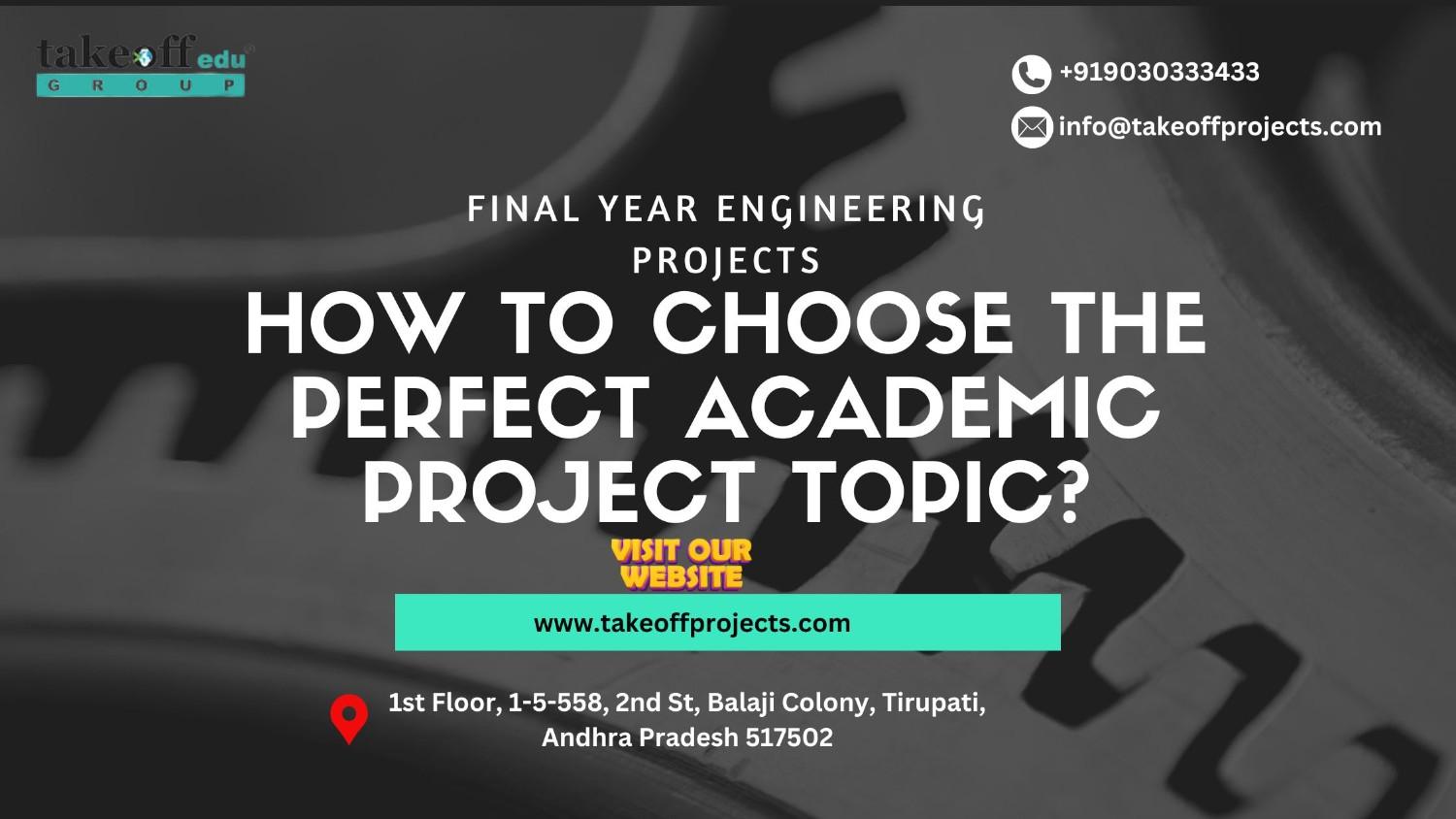 How to Choose the Perfect Academic Project Topic?
How to Choose the Perfect Academic Project Topic?  Presenting Final Year Project to Your Supervisor
Presenting Final Year Project to Your Supervisor 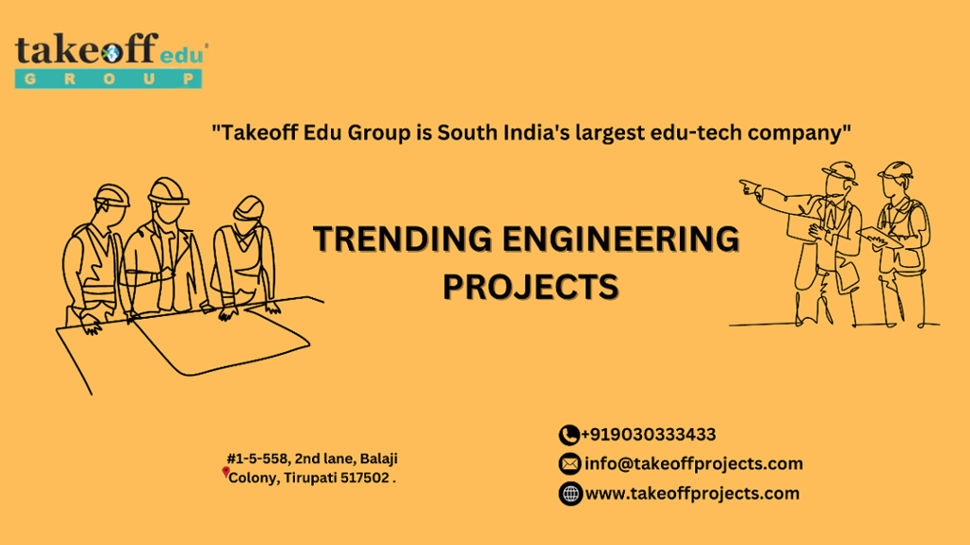 Trending Engineering Projects in 2024 Future-Ready
Trending Engineering Projects in 2024 Future-Ready 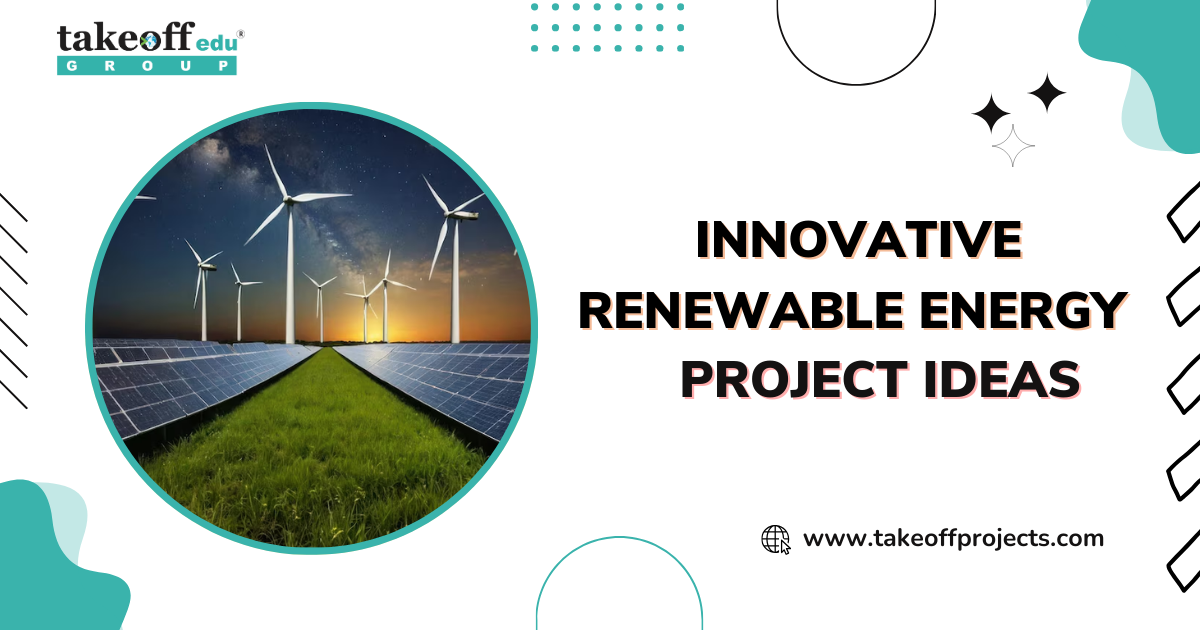 Innovative Renewable Energy Project Ideas
Innovative Renewable Energy Project Ideas 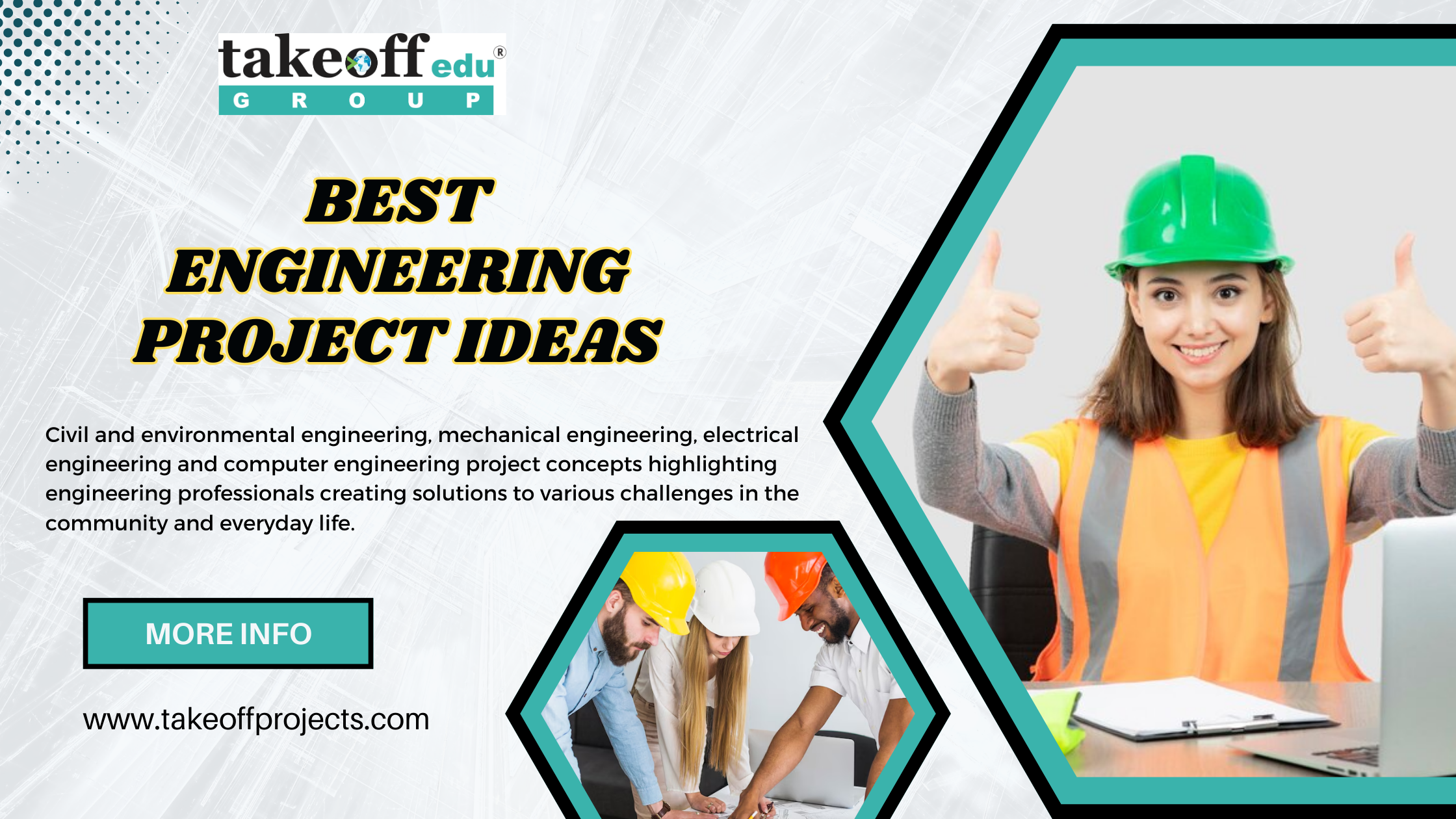 How Engineering Projects Ideas to contribute your academic year?
How Engineering Projects Ideas to contribute your academic year?  Latest Engineering Projects in 2024
Latest Engineering Projects in 2024  Ethical Considerations in Image Processing: Balancing Innovation and Privacy
Ethical Considerations in Image Processing: Balancing Innovation and Privacy  From Pixels to Insights A Journey into Image Enhancement Algorithms
From Pixels to Insights A Journey into Image Enhancement Algorithms 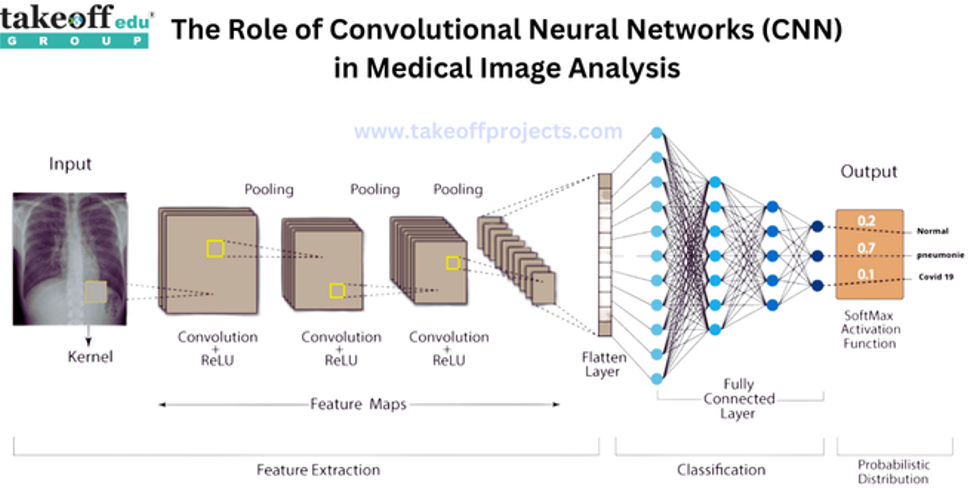 The Role of Convolutional Neural Networks in Medical Image Analysis
The Role of Convolutional Neural Networks in Medical Image Analysis 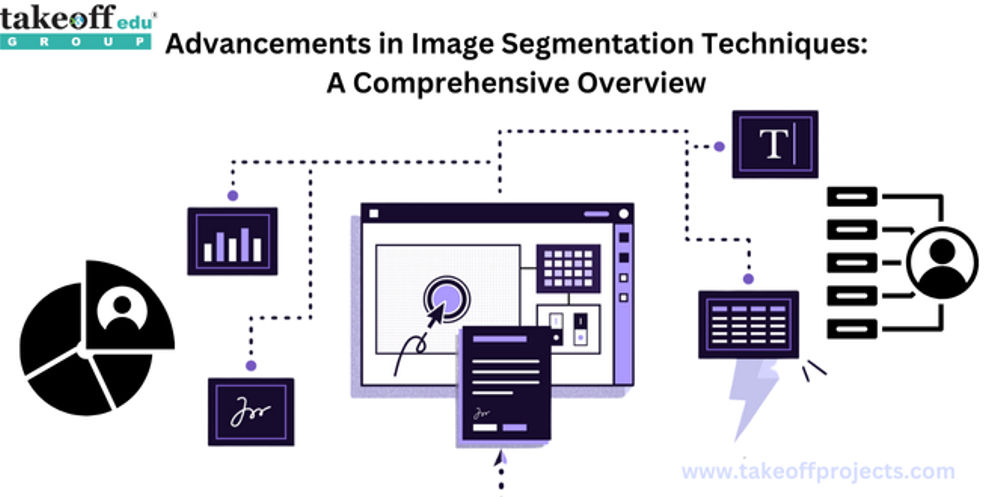 Advancements in Image Segmentation Techniques: A Comprehensive Overview
Advancements in Image Segmentation Techniques: A Comprehensive Overview 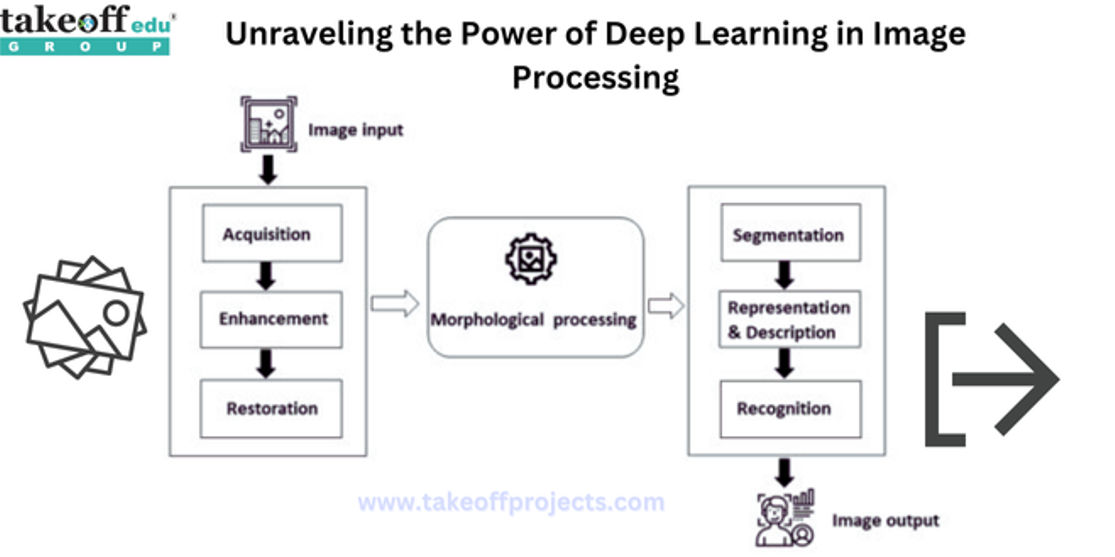 Unraveling the Power of Deep Learning in Image Processing
Unraveling the Power of Deep Learning in Image Processing  Importance of Final Year Projects for Students
Importance of Final Year Projects for Students  How to Present Your Final Year Project to Your Supervisor?
How to Present Your Final Year Project to Your Supervisor?  How to Choose the Right Final Year Project Topic?
How to Choose the Right Final Year Project Topic?  Common Mistakes to Avoid on Your Final Year Project
Common Mistakes to Avoid on Your Final Year Project 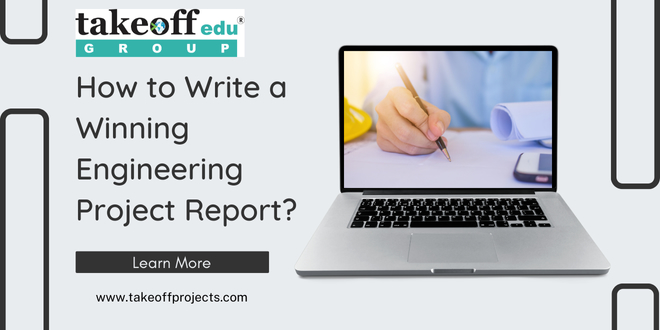 How to Write a Winning Engineering Project Report?
How to Write a Winning Engineering Project Report?  Low Cost Mini Projects Ideas for Civil Engineering
Low Cost Mini Projects Ideas for Civil Engineering 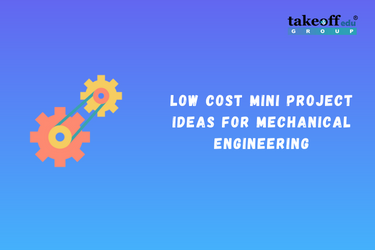 Low Cost Mini Project Ideas for Mechanical Engineering
Low Cost Mini Project Ideas for Mechanical Engineering 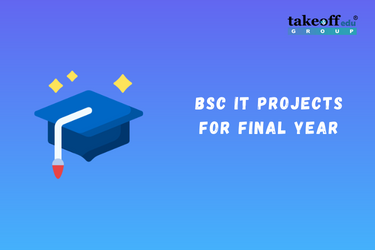 BSc IT Projects for Final Year
BSc IT Projects for Final Year 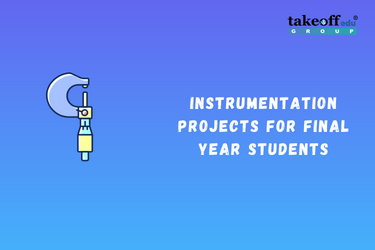 Instrumentation Projects for Final Year Students
Instrumentation Projects for Final Year Students 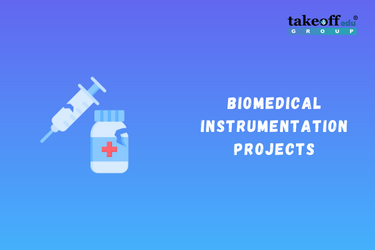 Biomedical Instrumentation Projects
Biomedical Instrumentation Projects 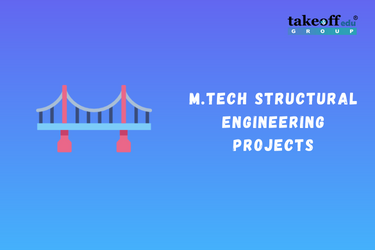 M.Tech Structural Engineering Projects
M.Tech Structural Engineering Projects  M.Tech Thesis Writing Services
M.Tech Thesis Writing Services 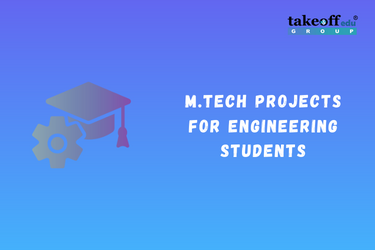 M.Tech Projects for Electrical, Electronics & Software Engineering
M.Tech Projects for Electrical, Electronics & Software Engineering 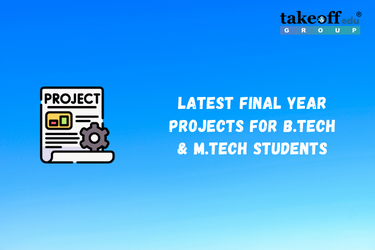 Latest Final Year Projects for B.Tech & M.Tech Students
Latest Final Year Projects for B.Tech & M.Tech Students 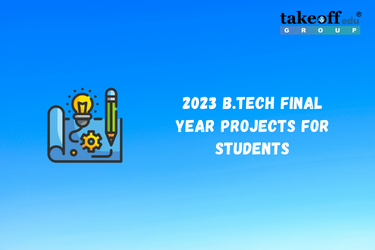 2023 B.Tech Final Year Projects for Students
2023 B.Tech Final Year Projects for Students 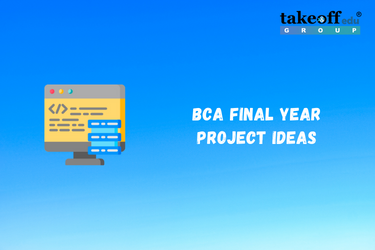 Latest BCA Final Year Project Ideas for 2023
Latest BCA Final Year Project Ideas for 2023  Top BE Projects Ideas & Topics for Students
Top BE Projects Ideas & Topics for Students 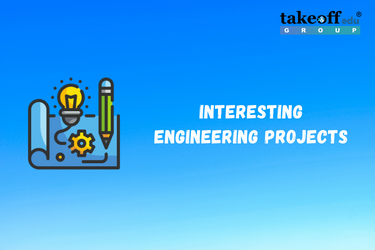 14+ Interesting Engineering Projects
14+ Interesting Engineering Projects 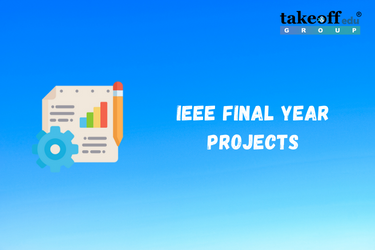 IEEE Final Year Projects
IEEE Final Year Projects 
 Paper Publishing
Paper Publishing


